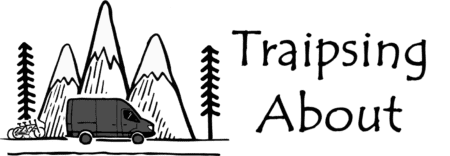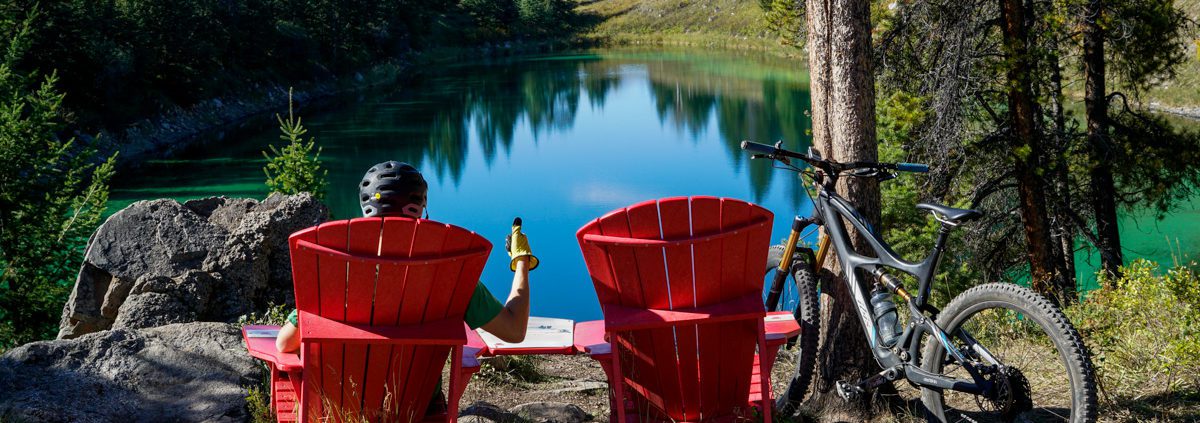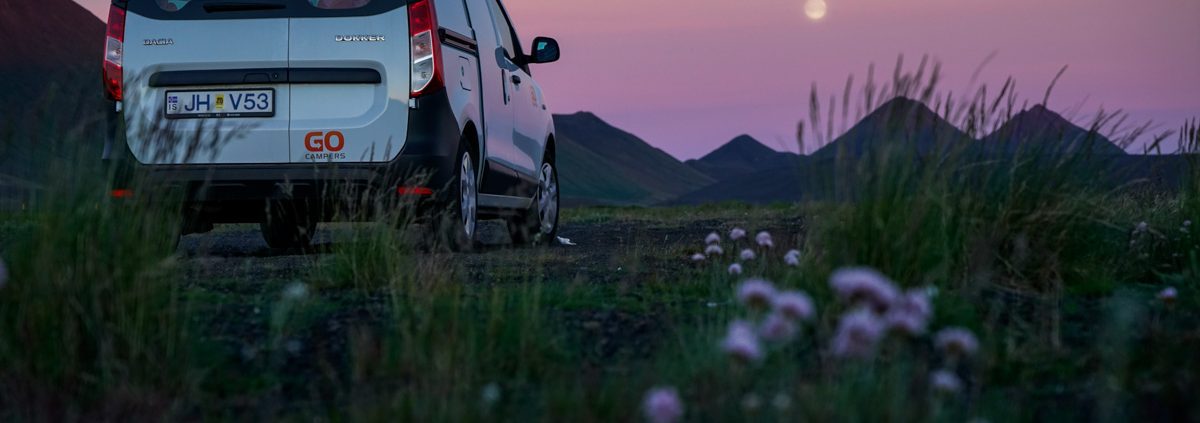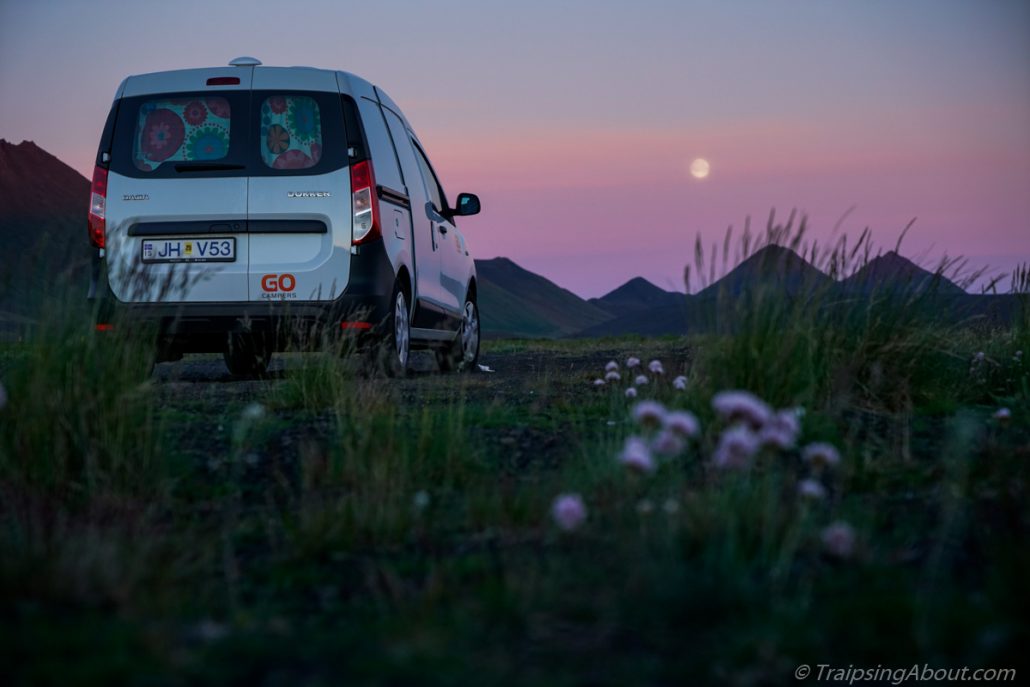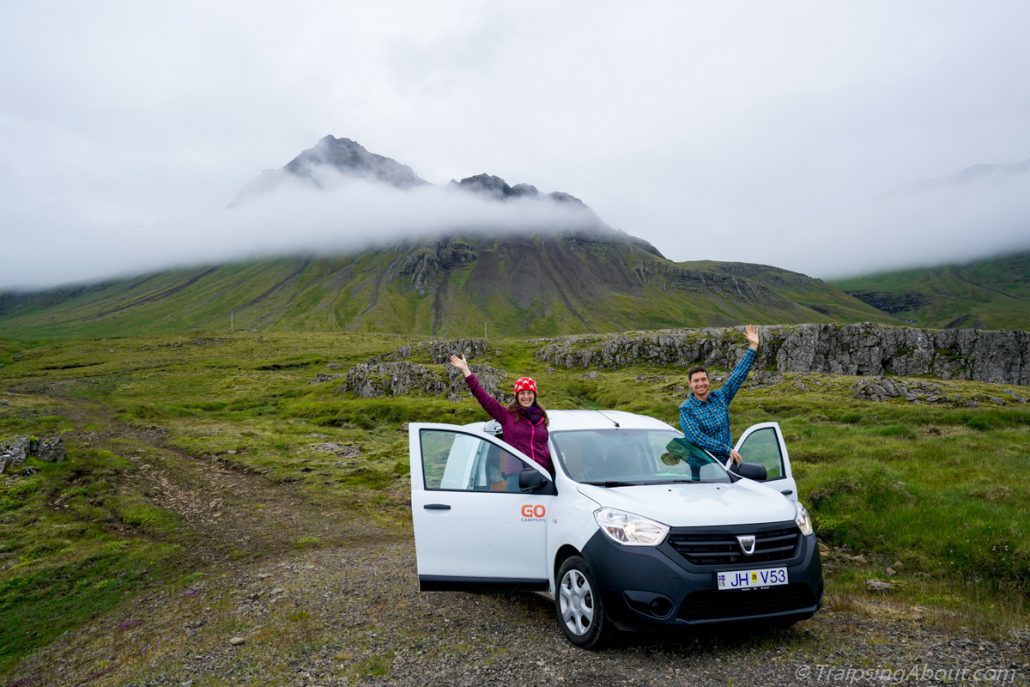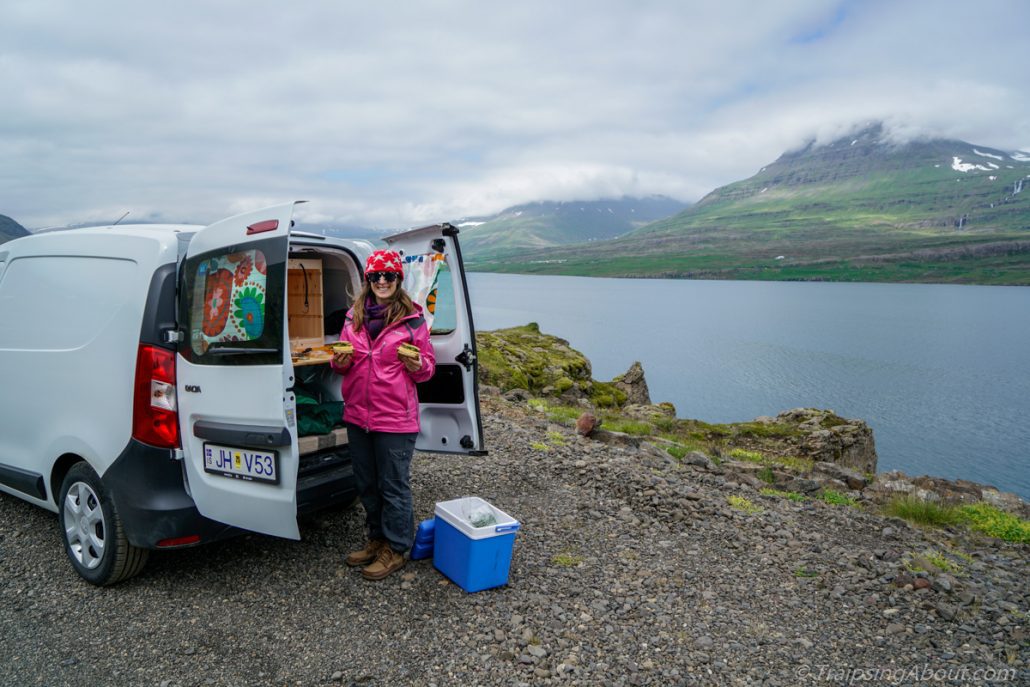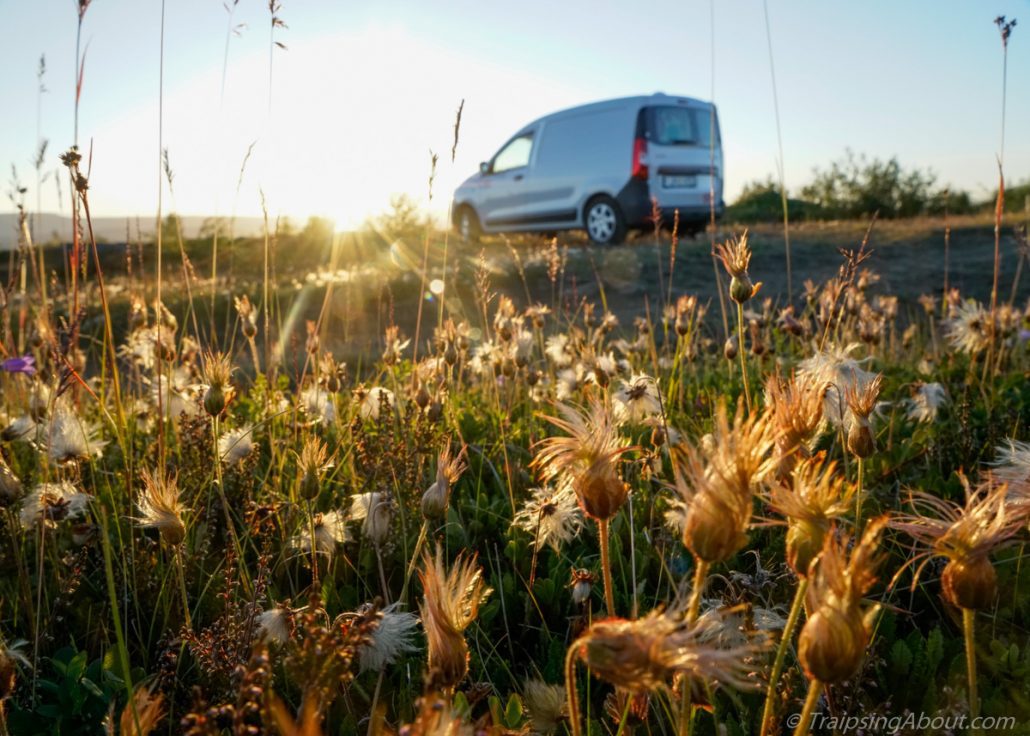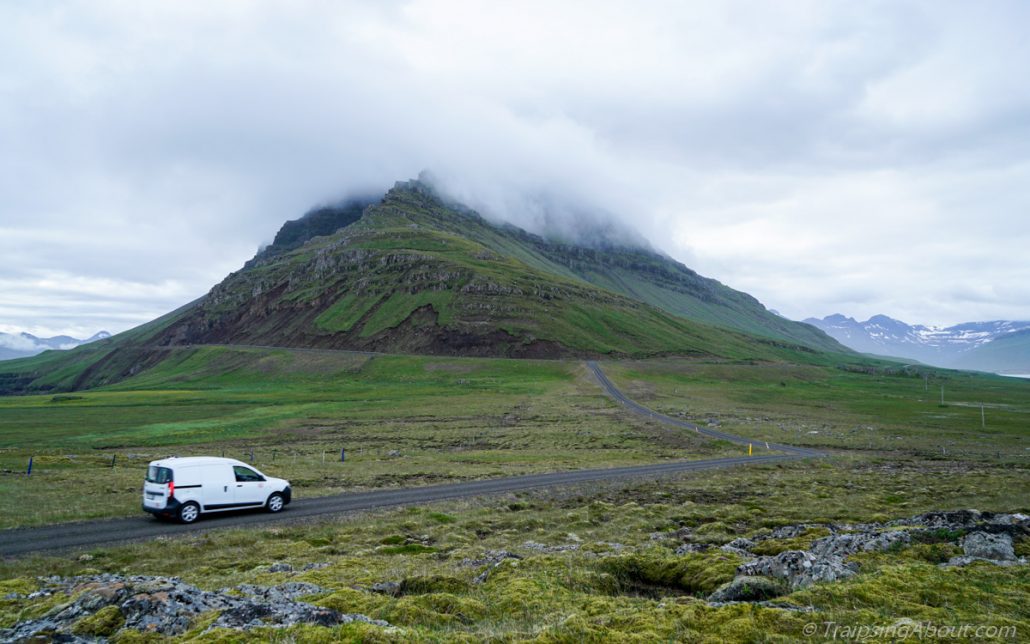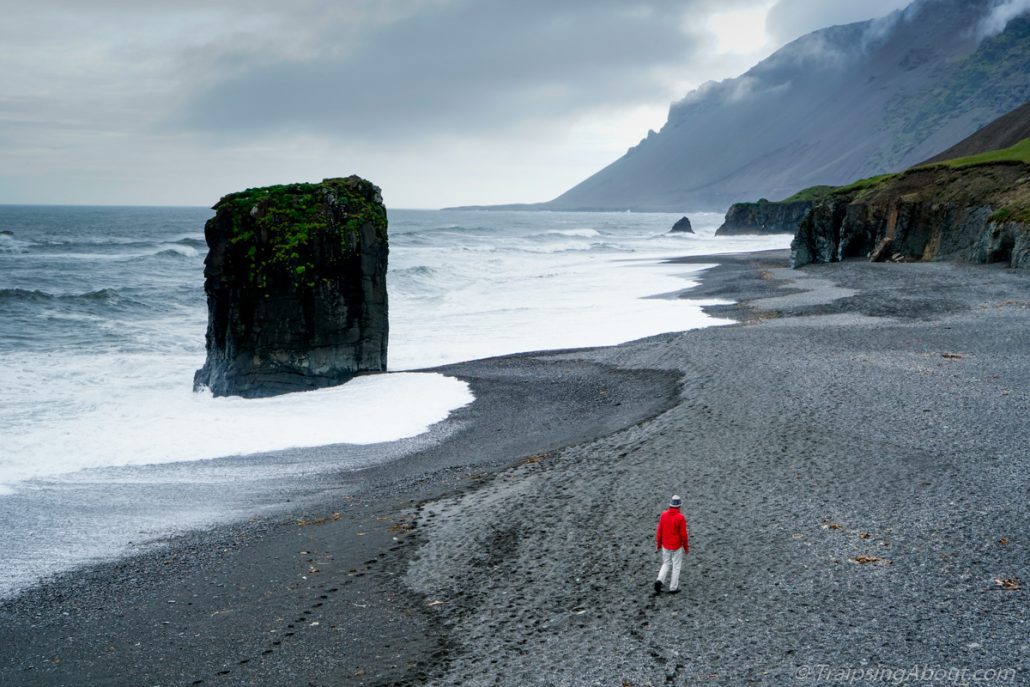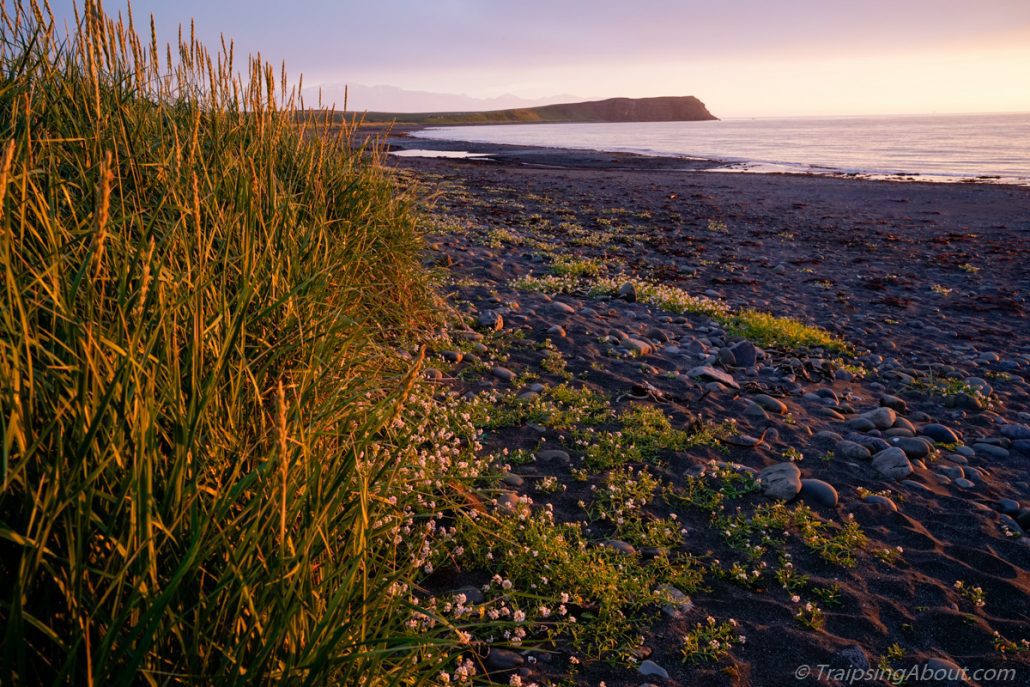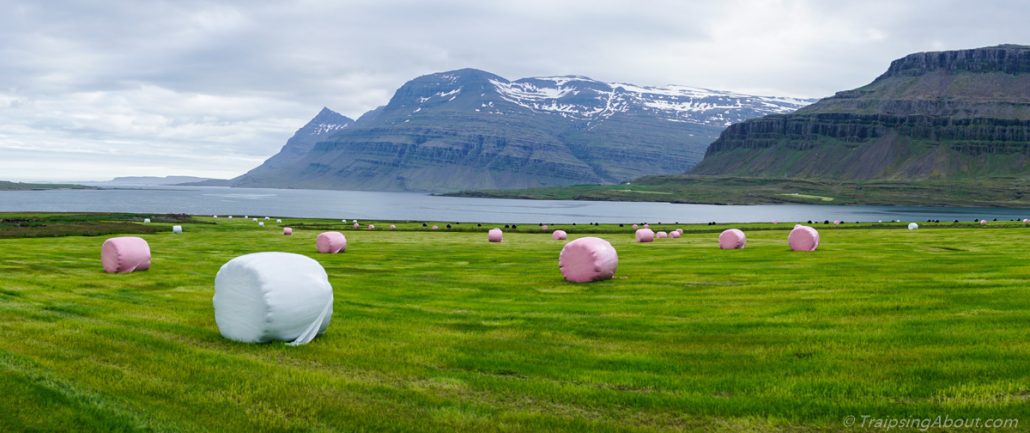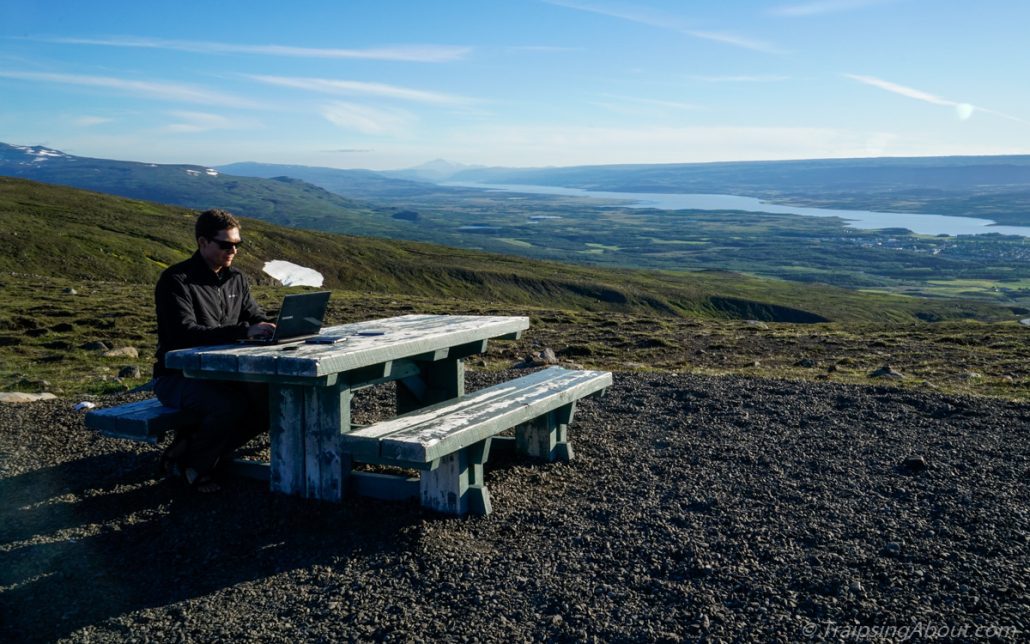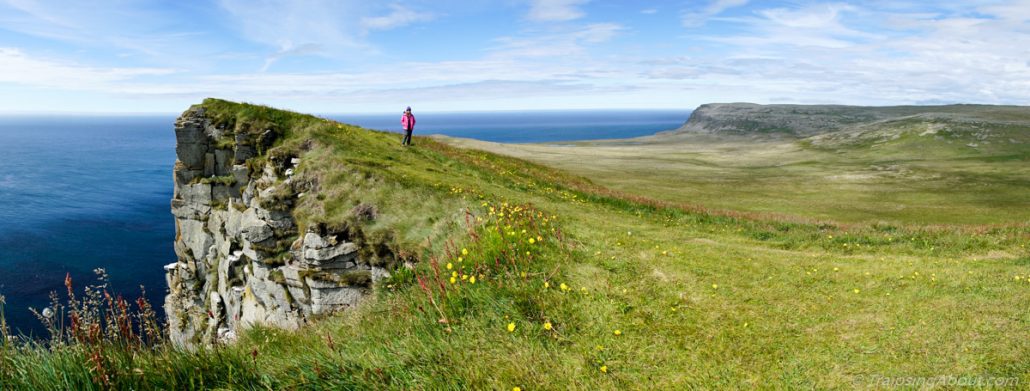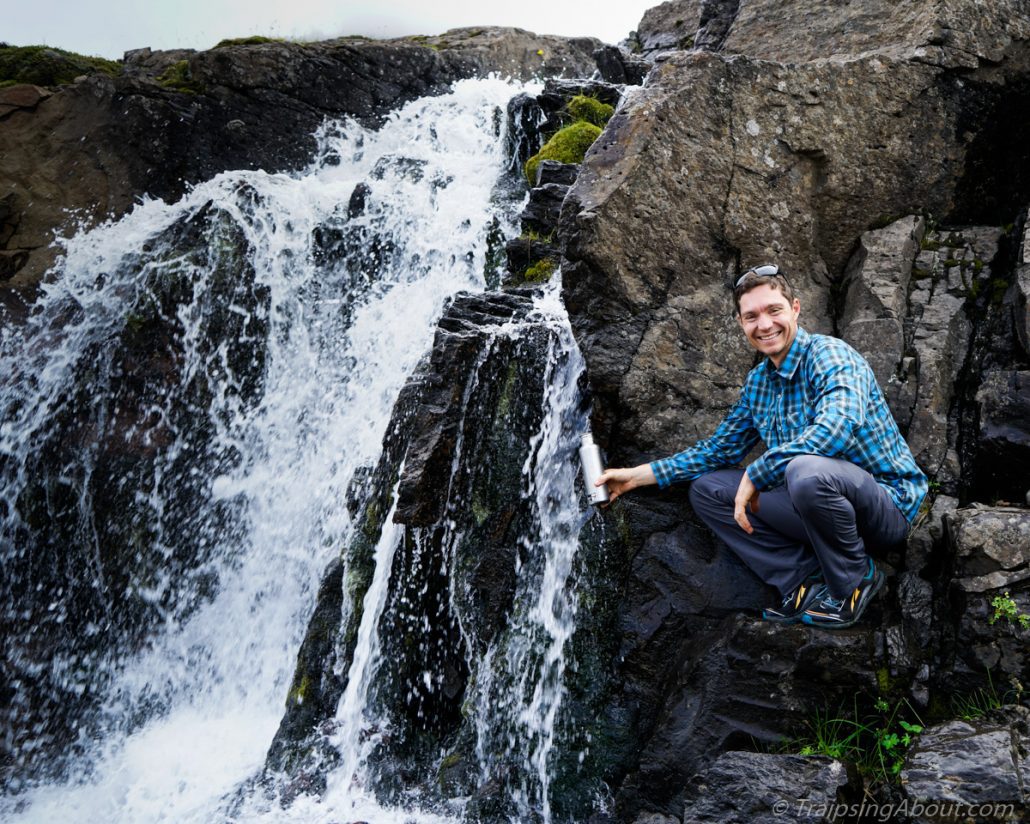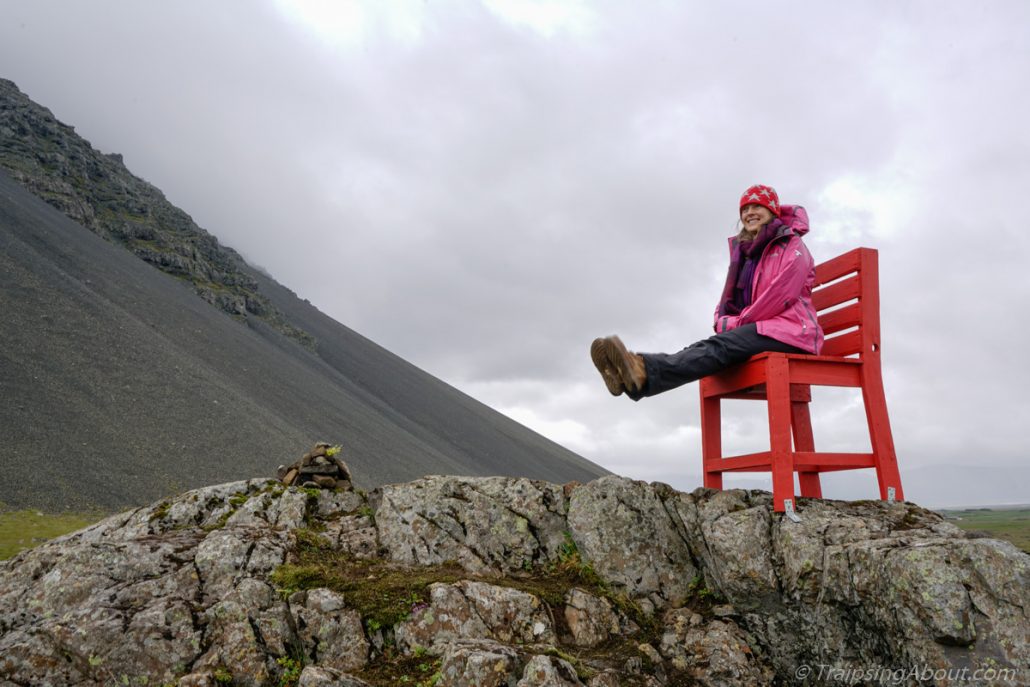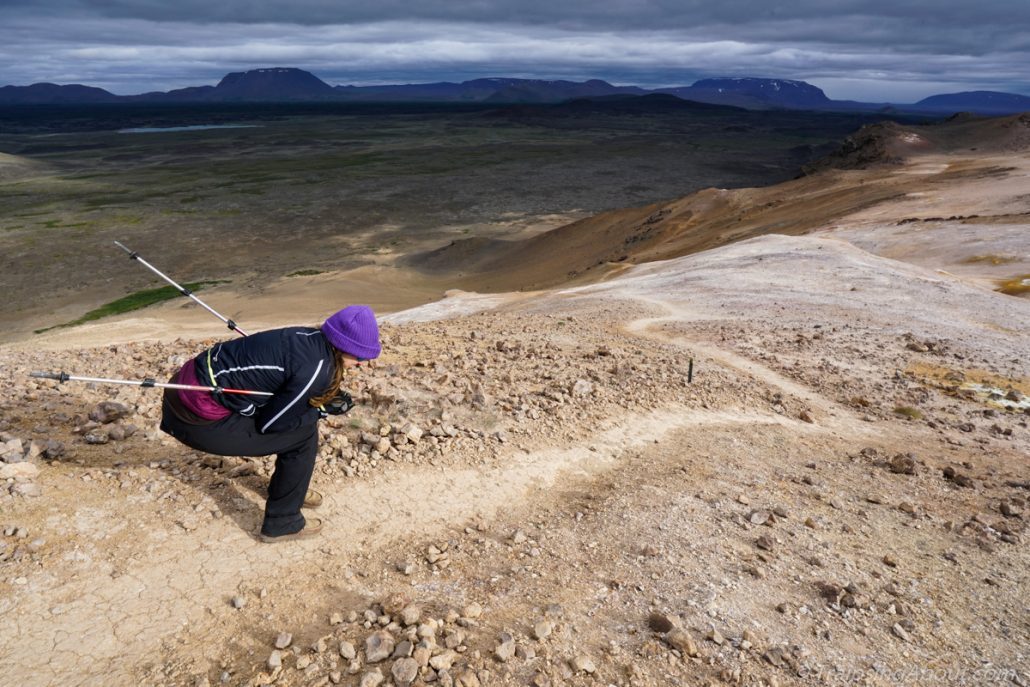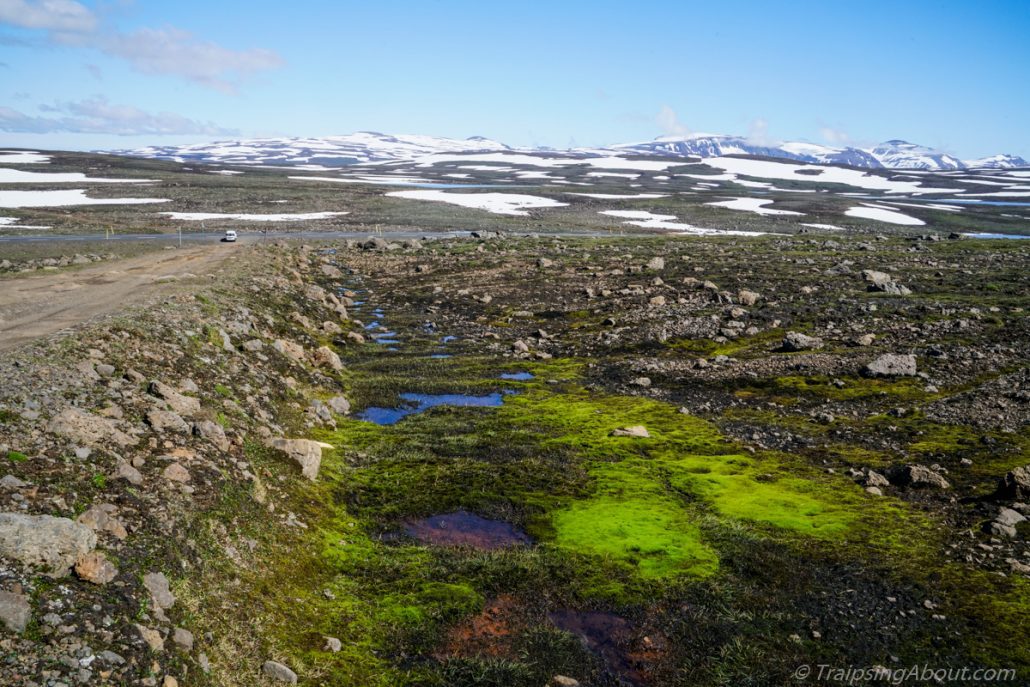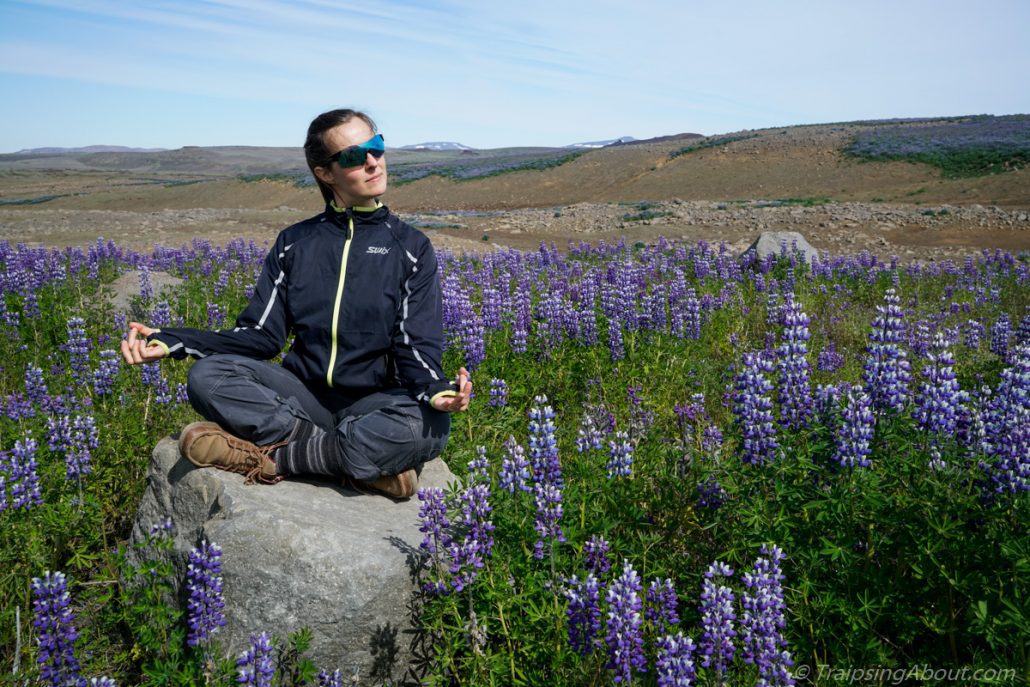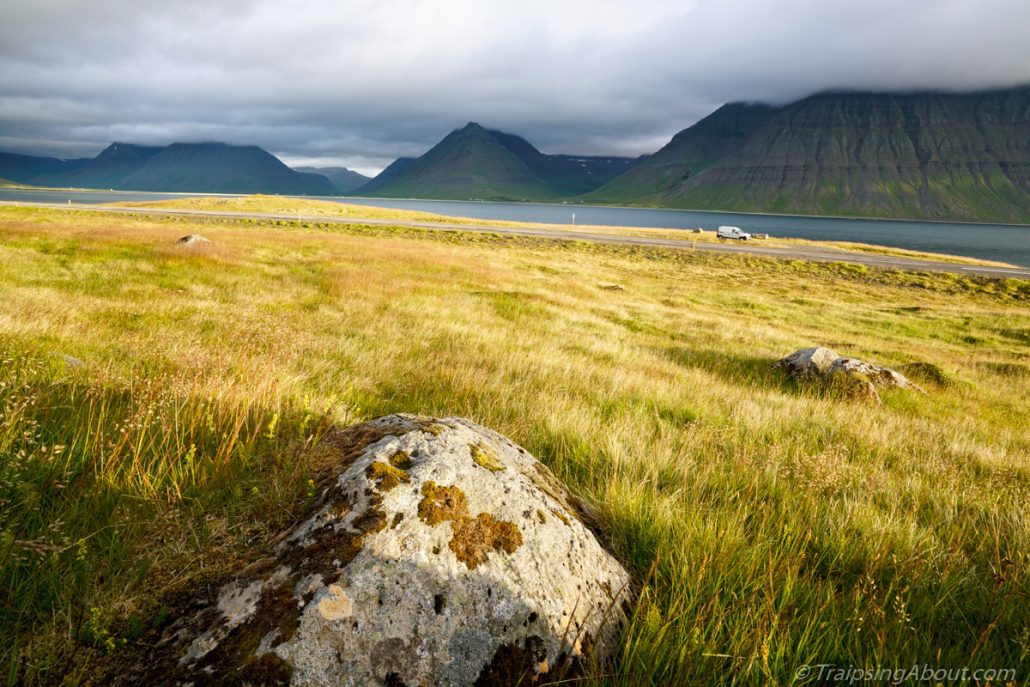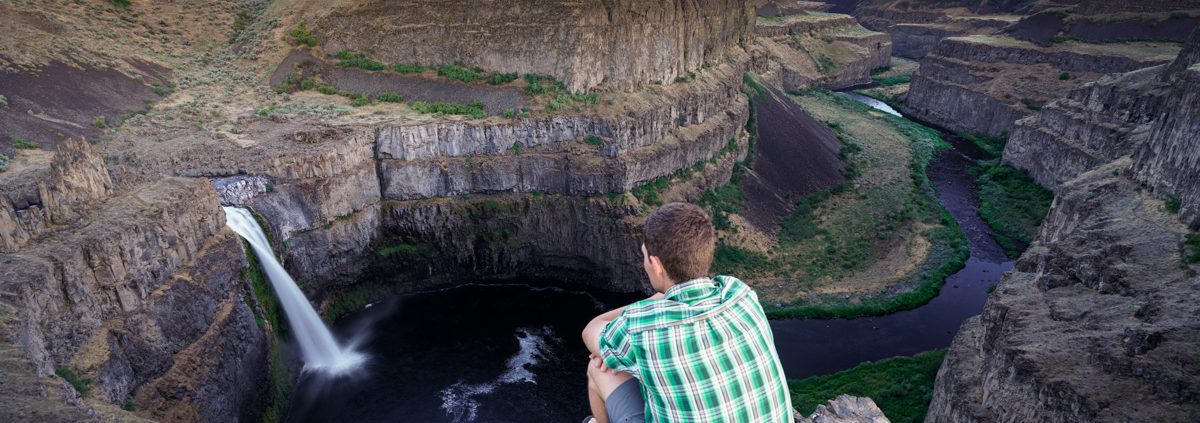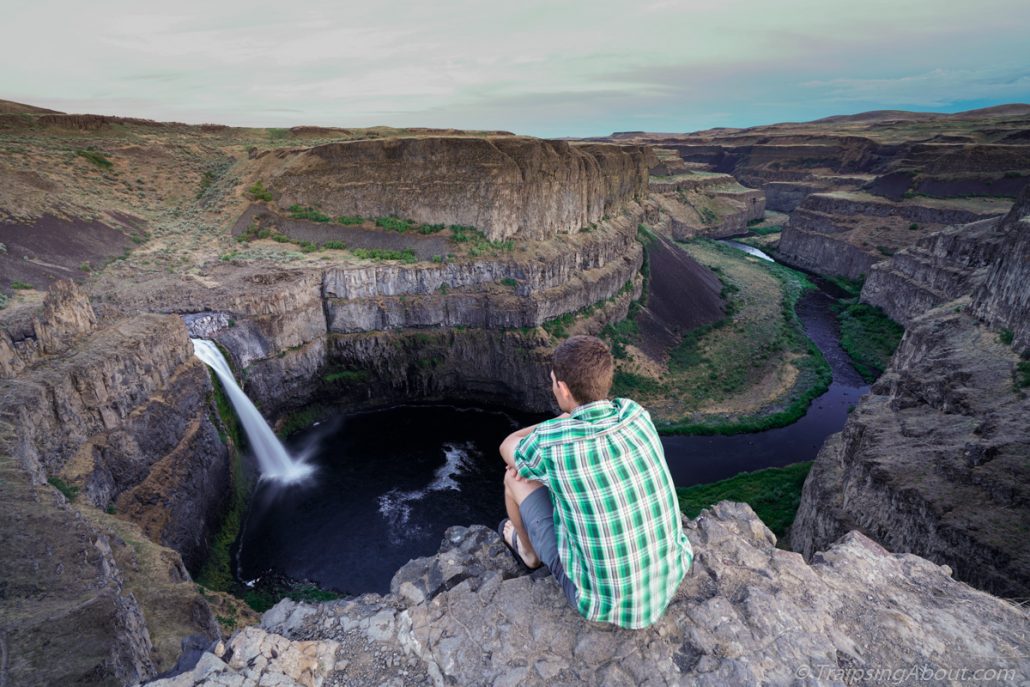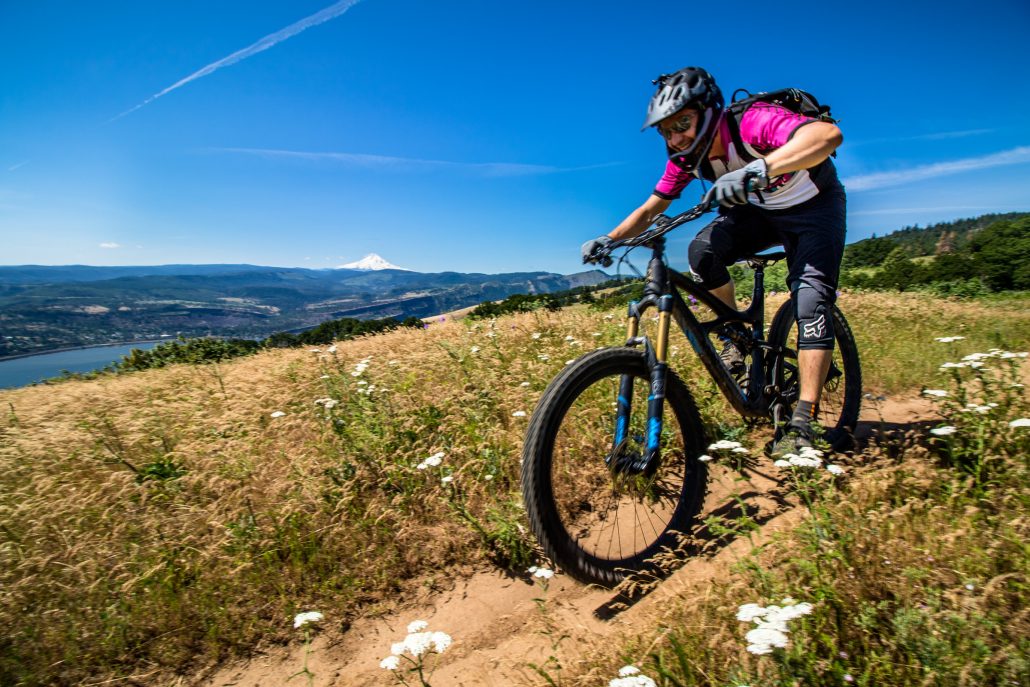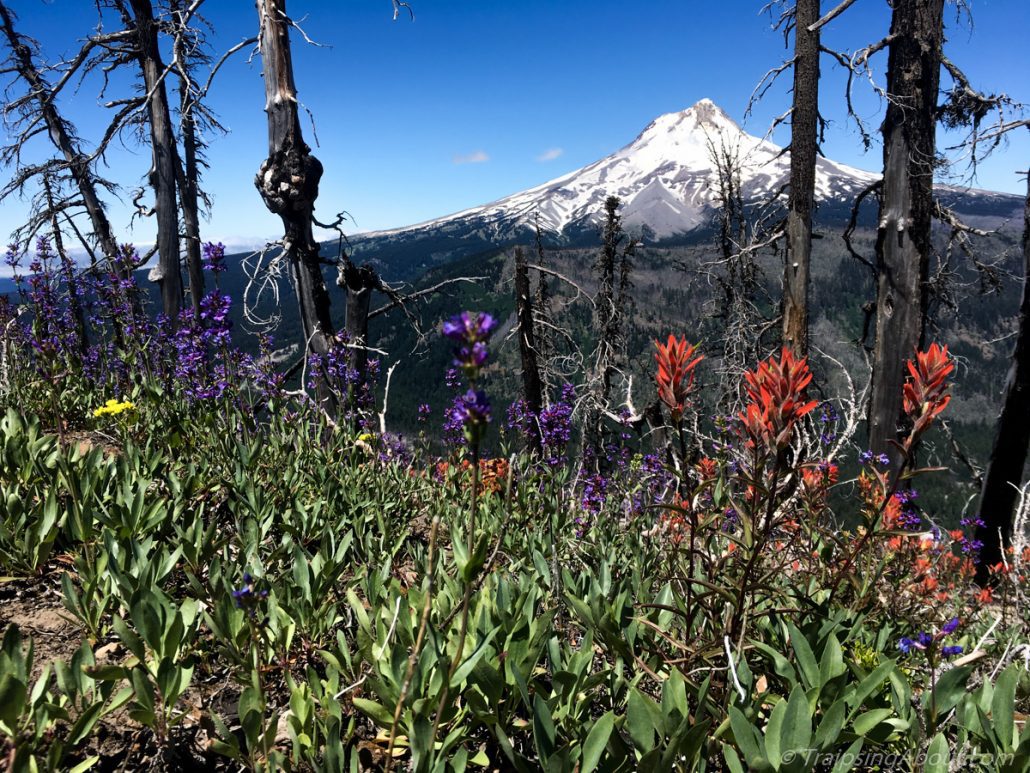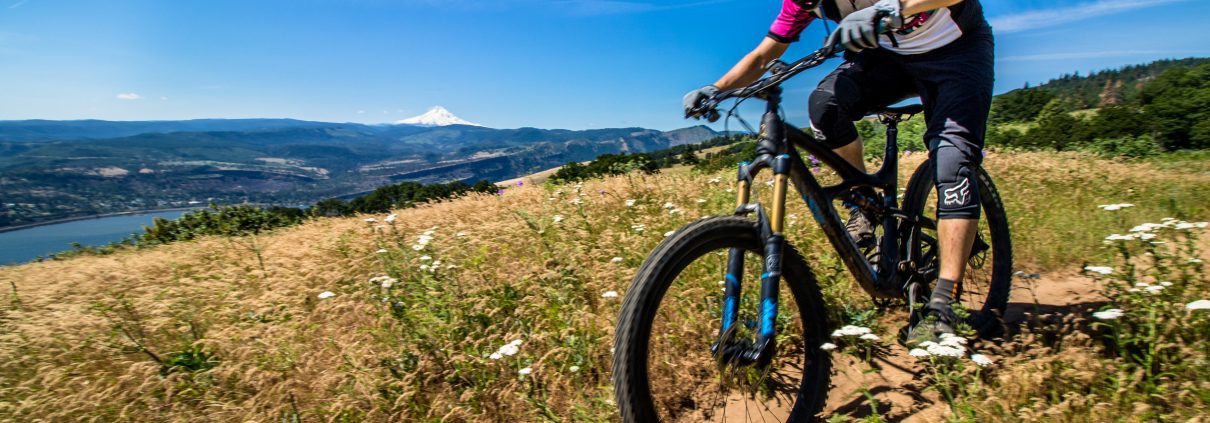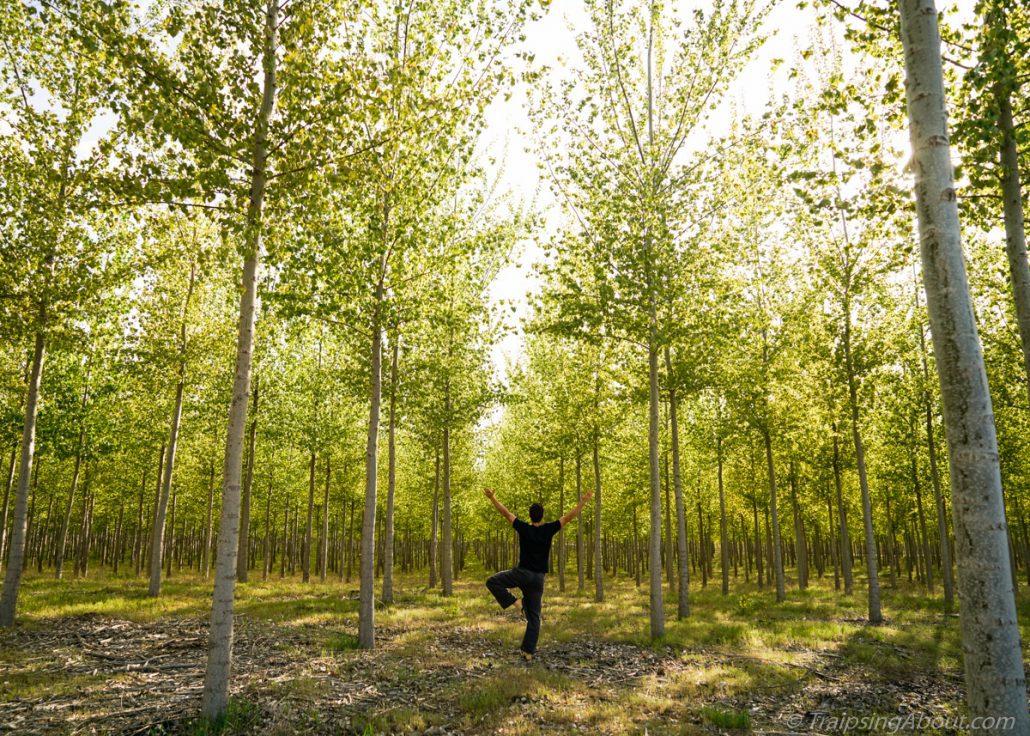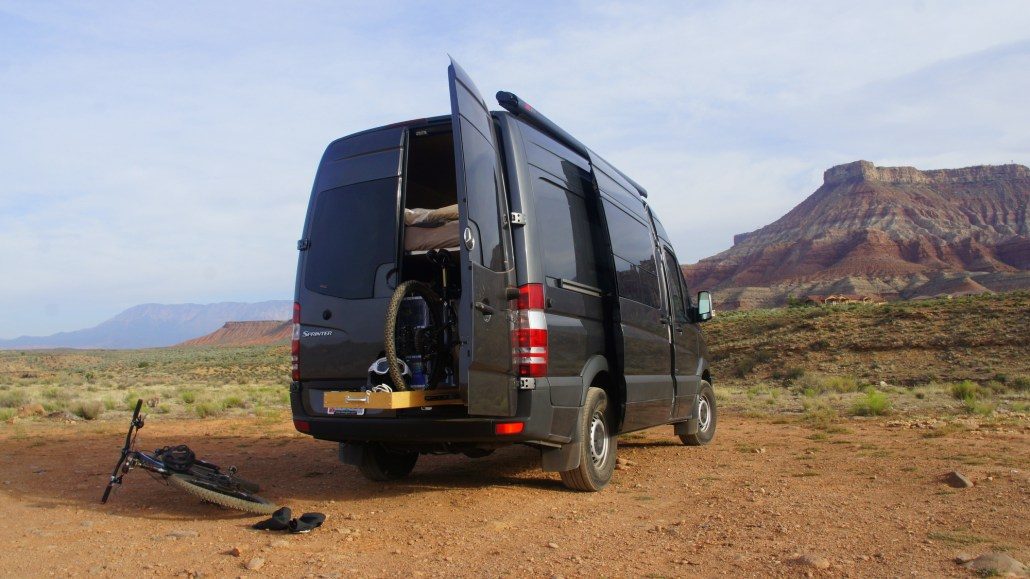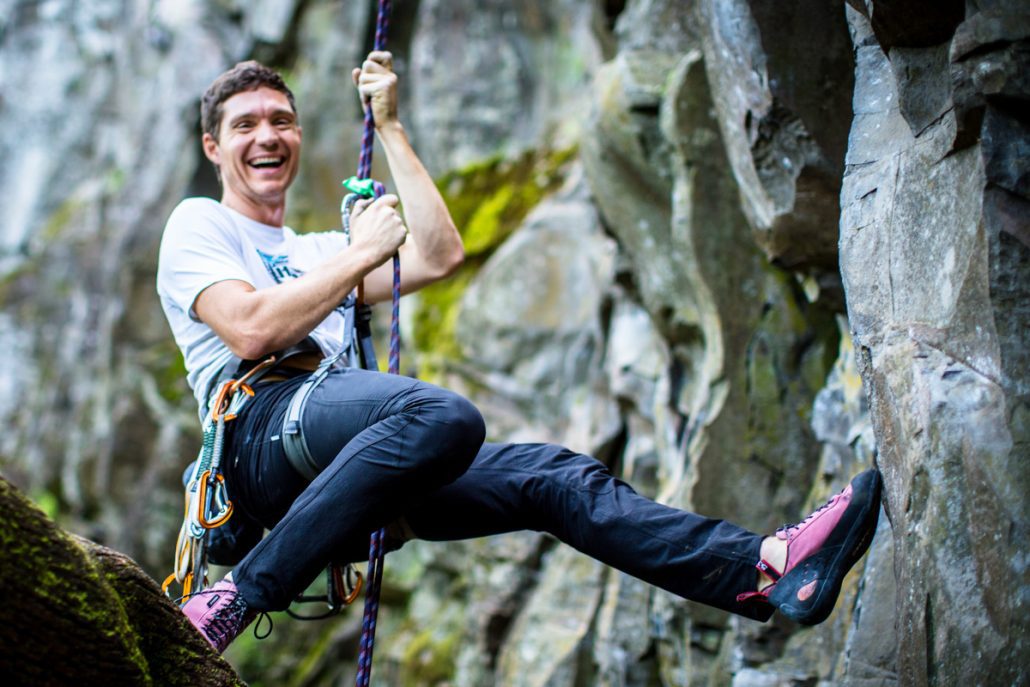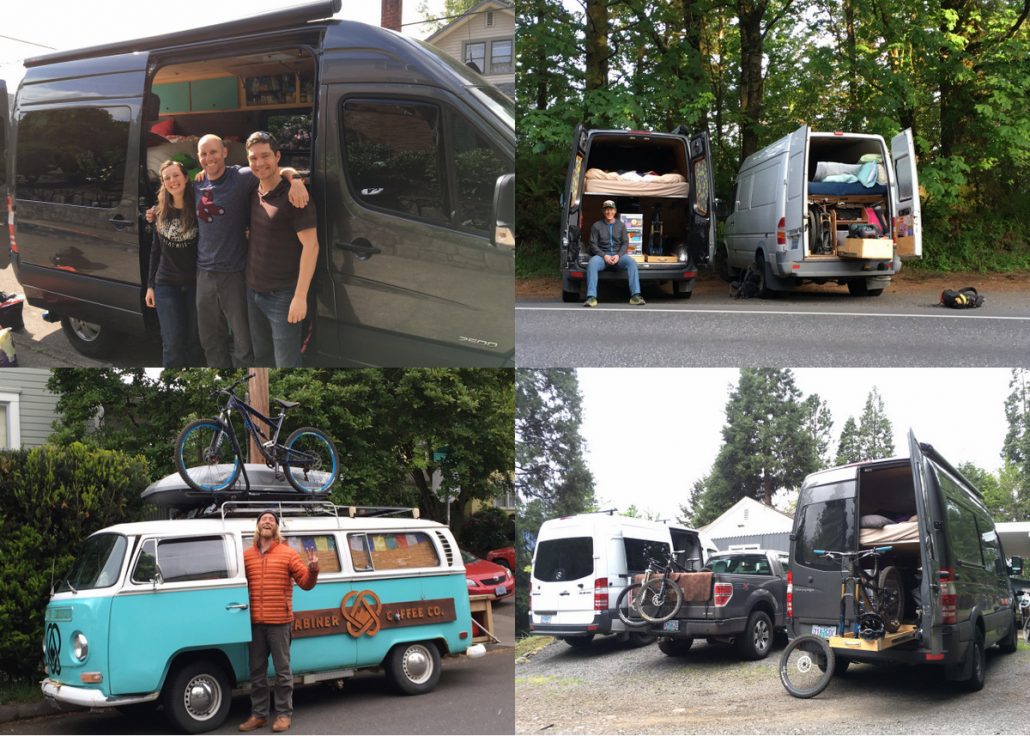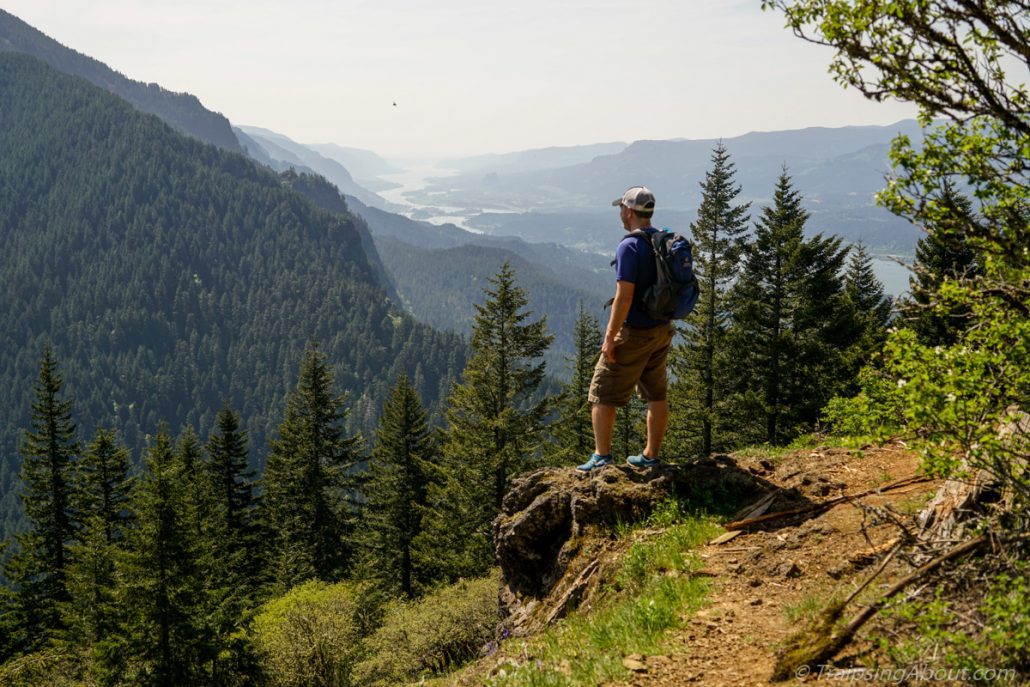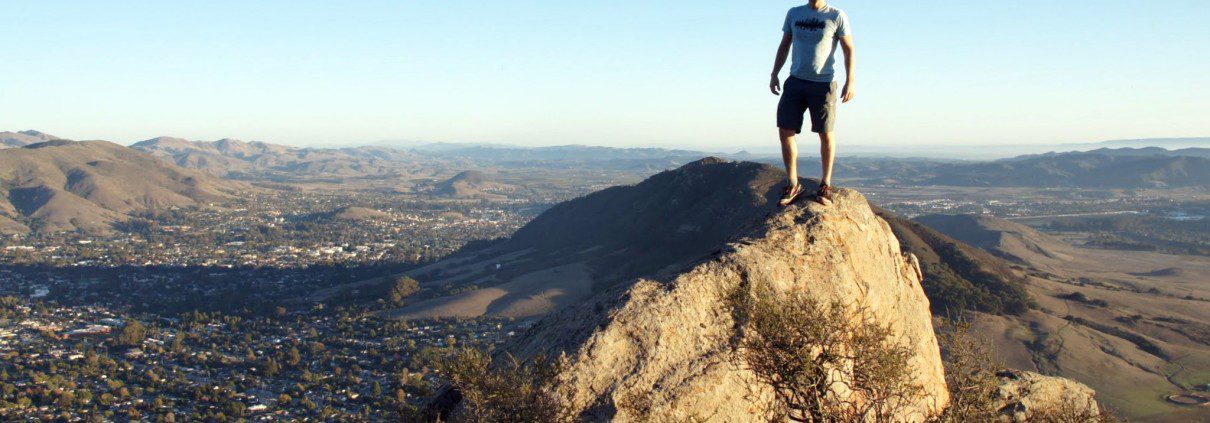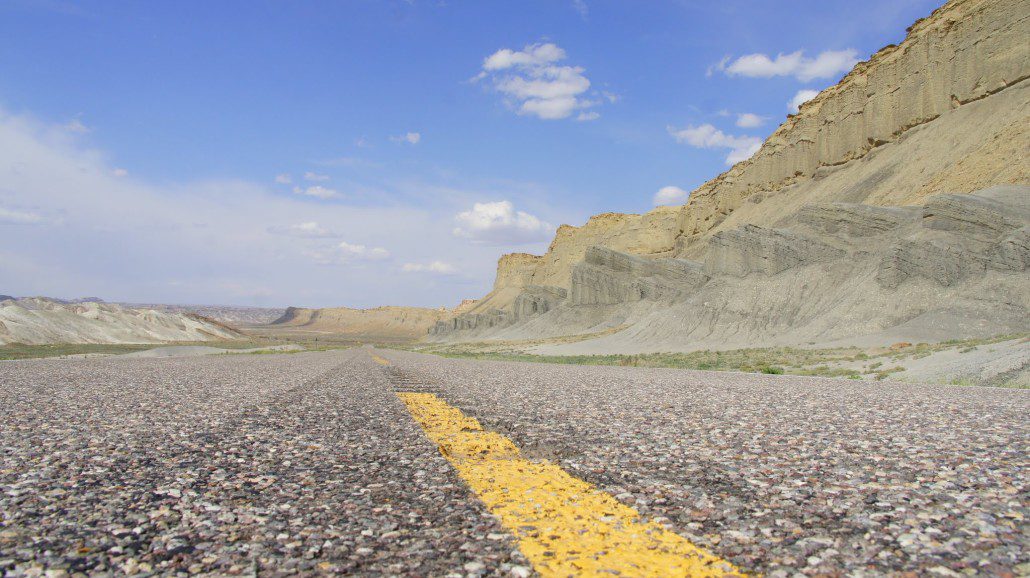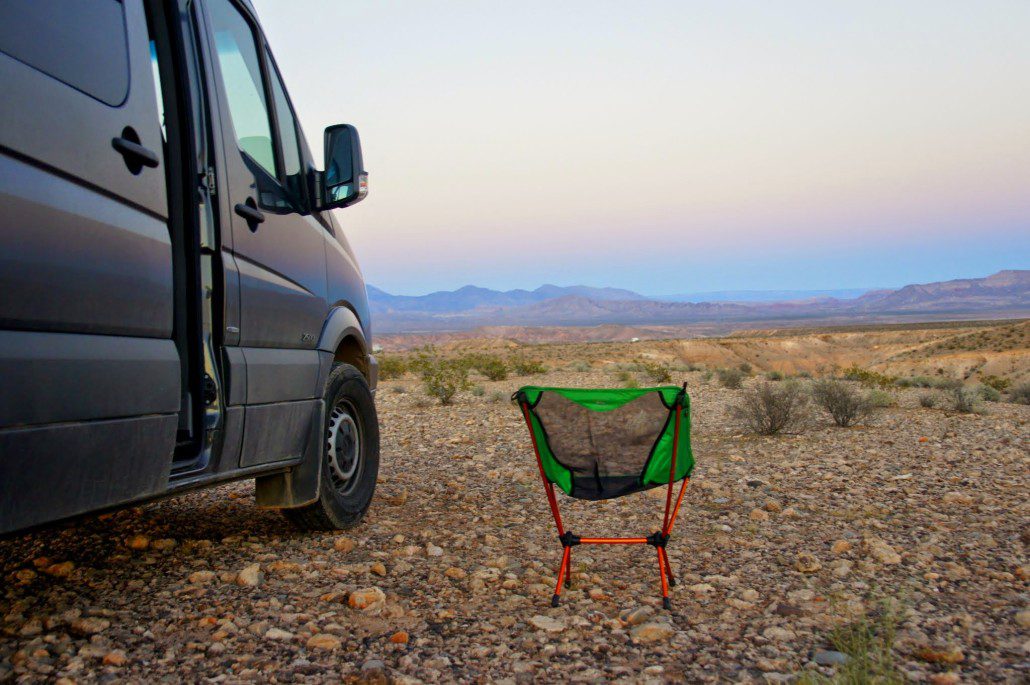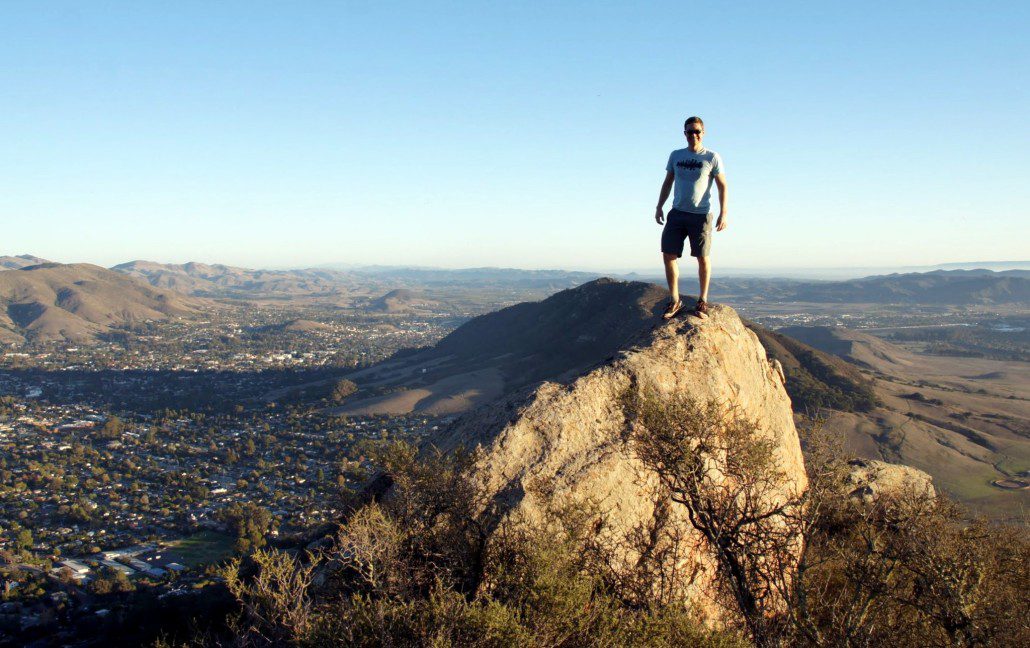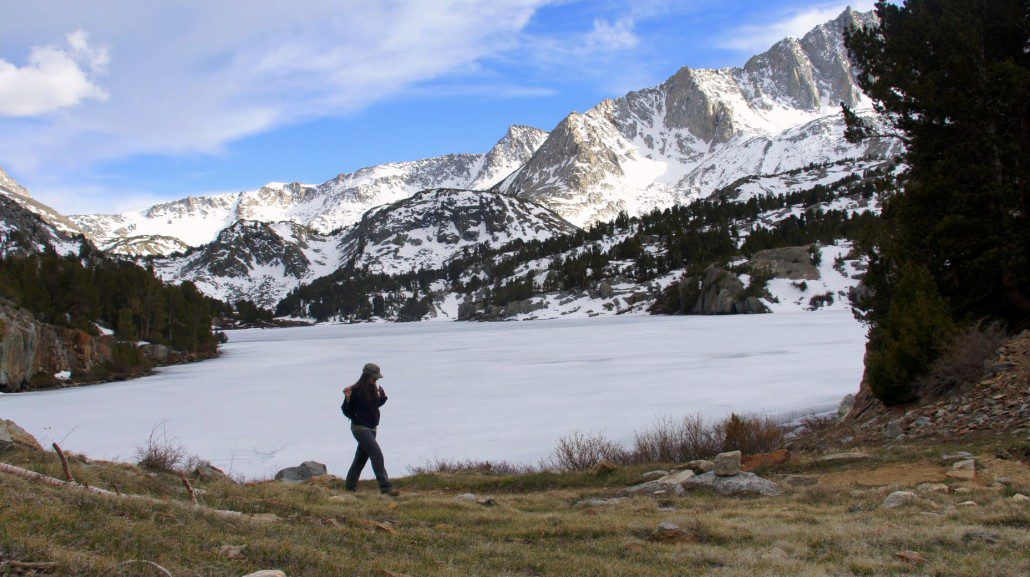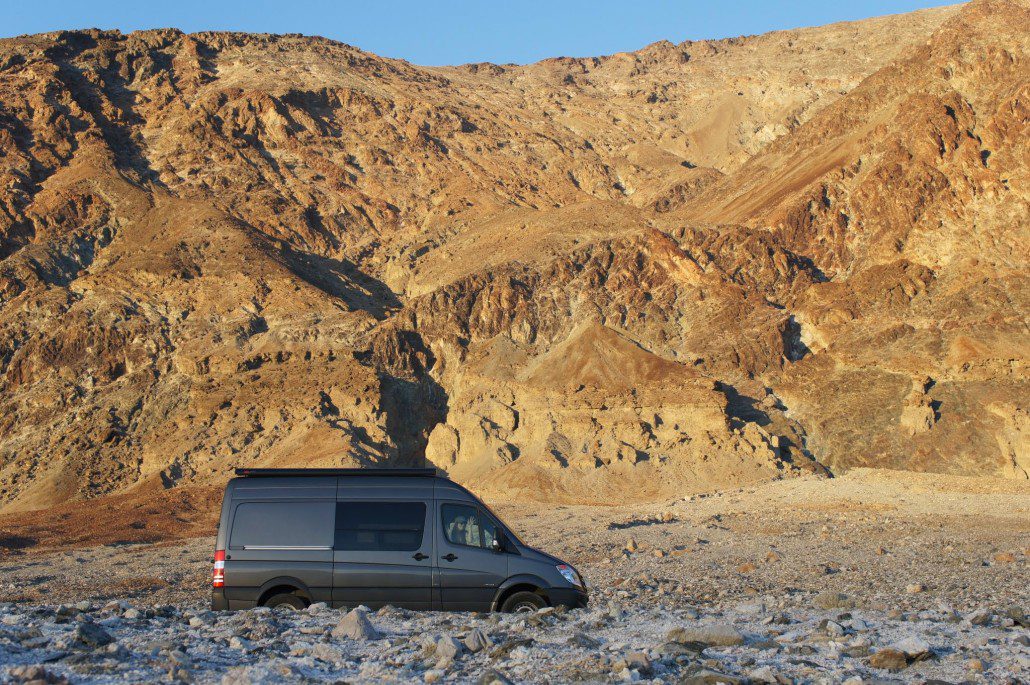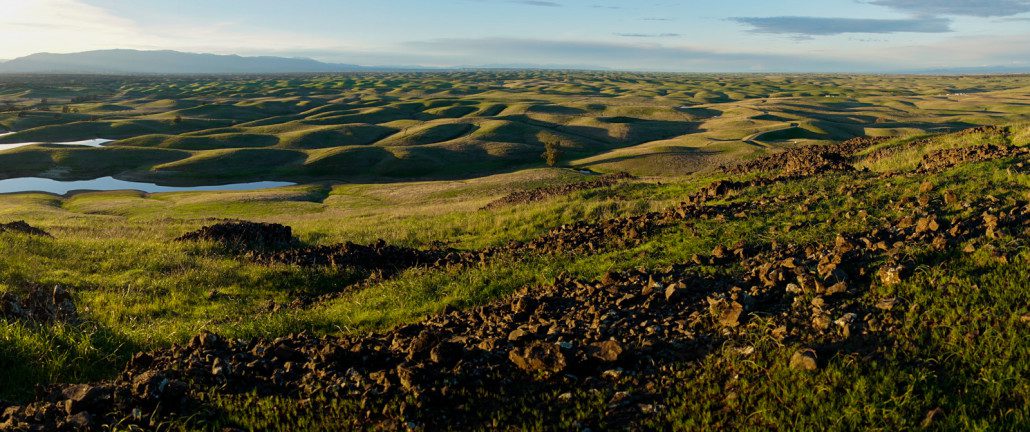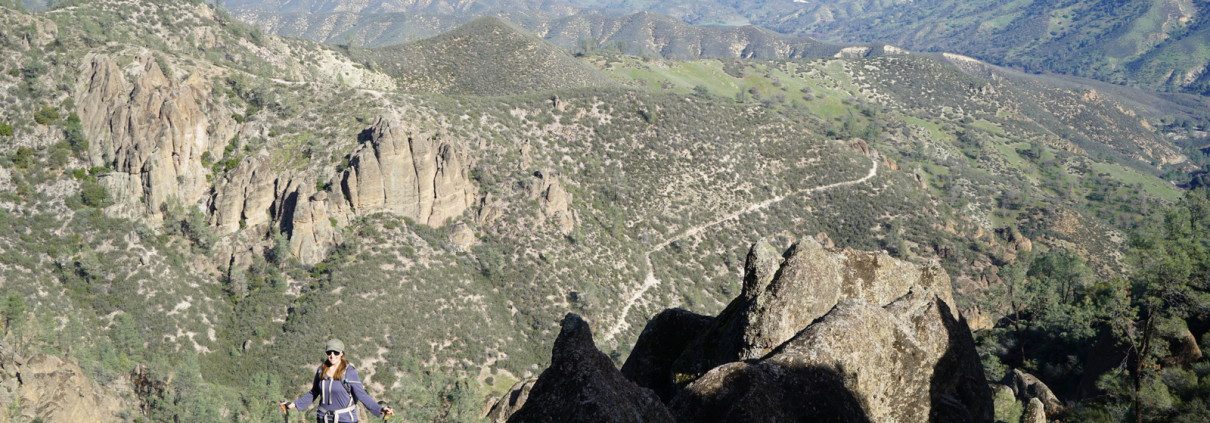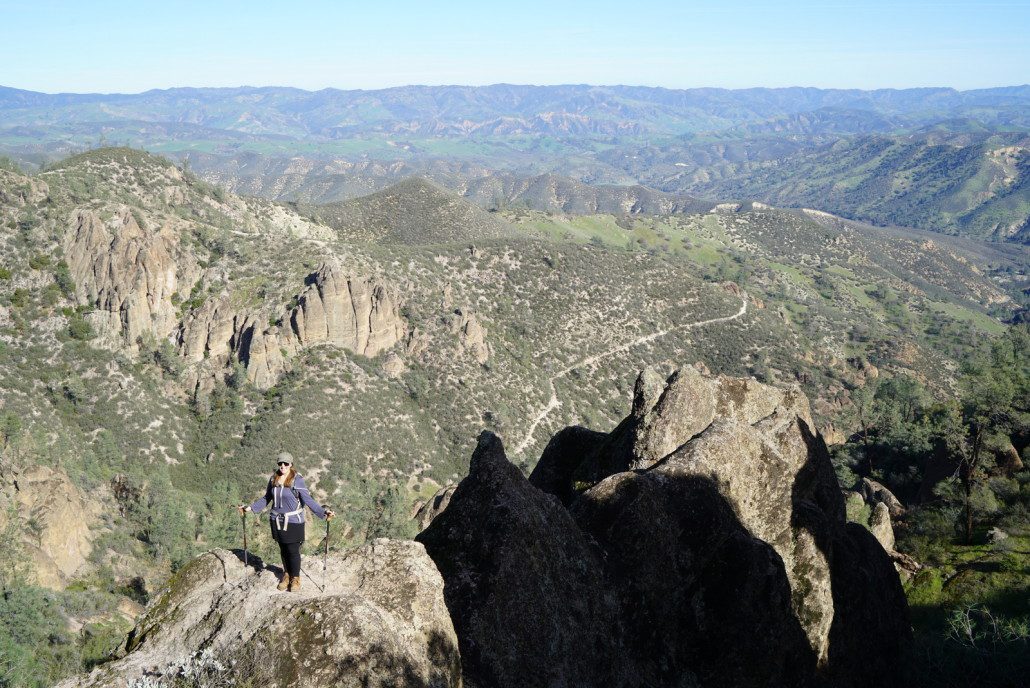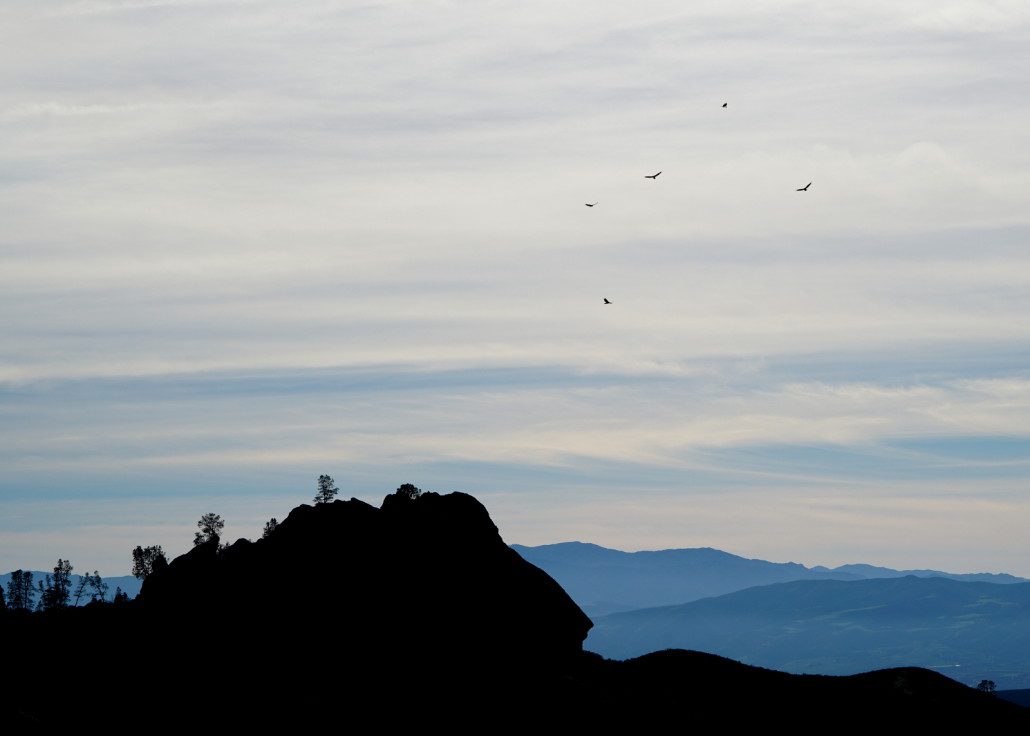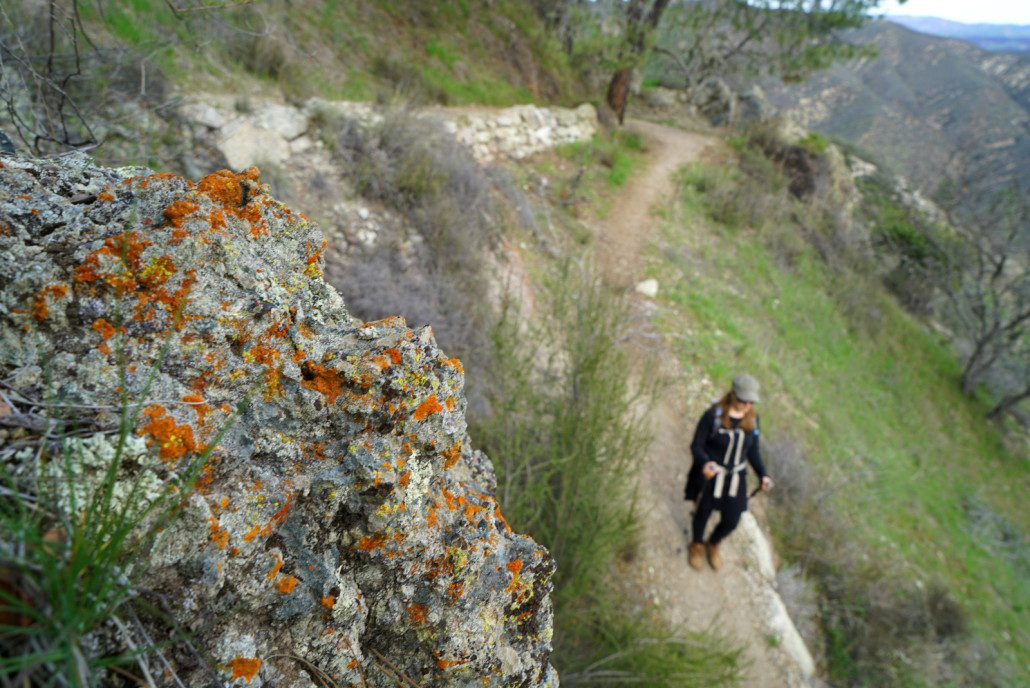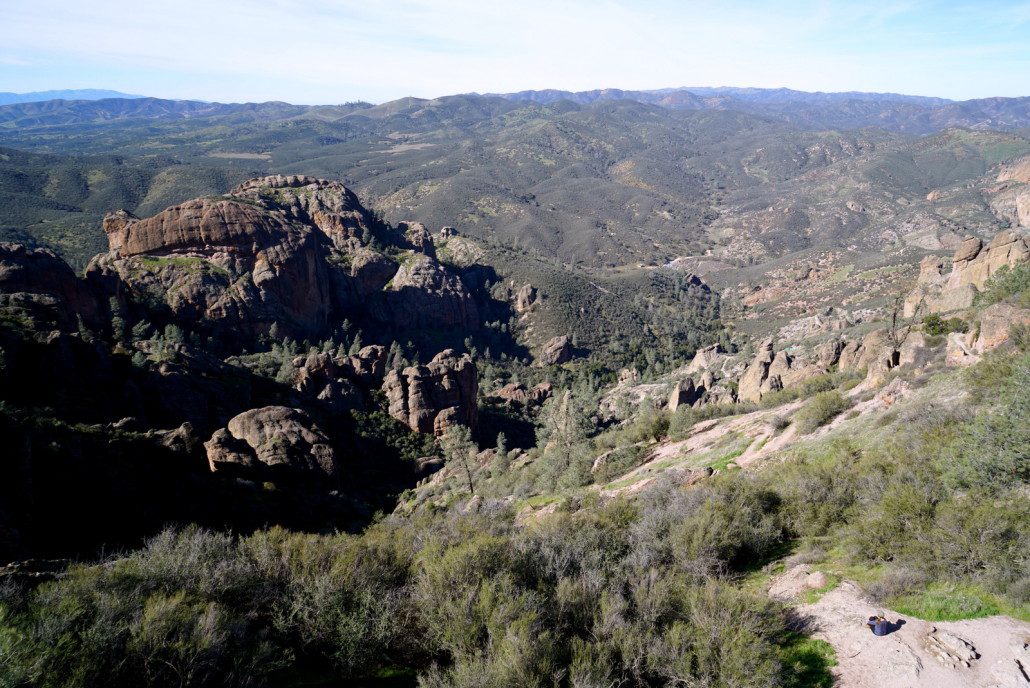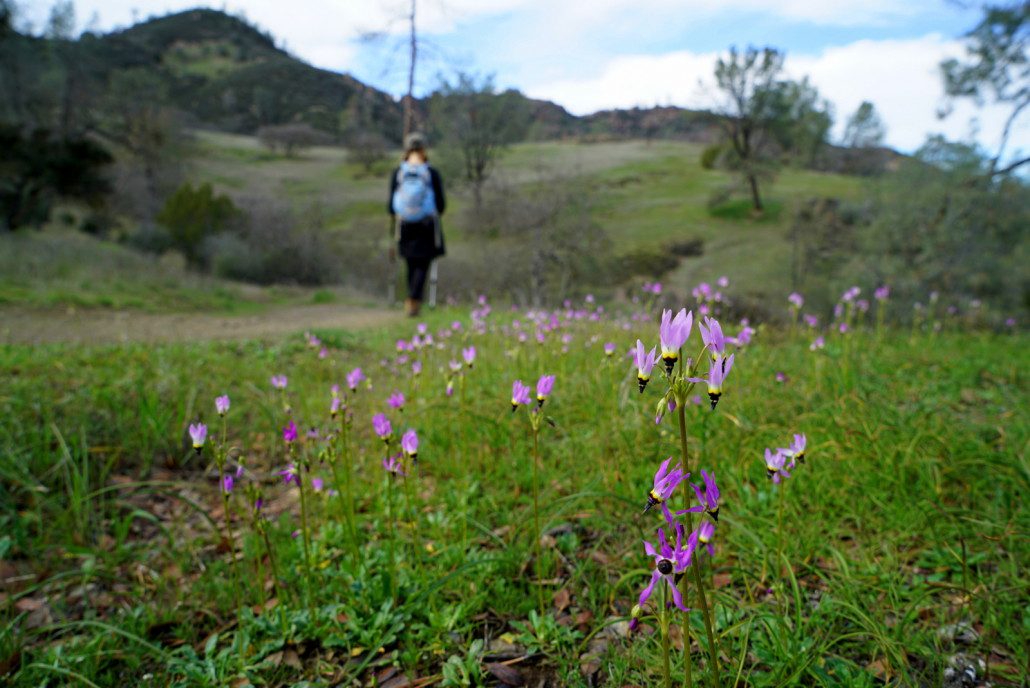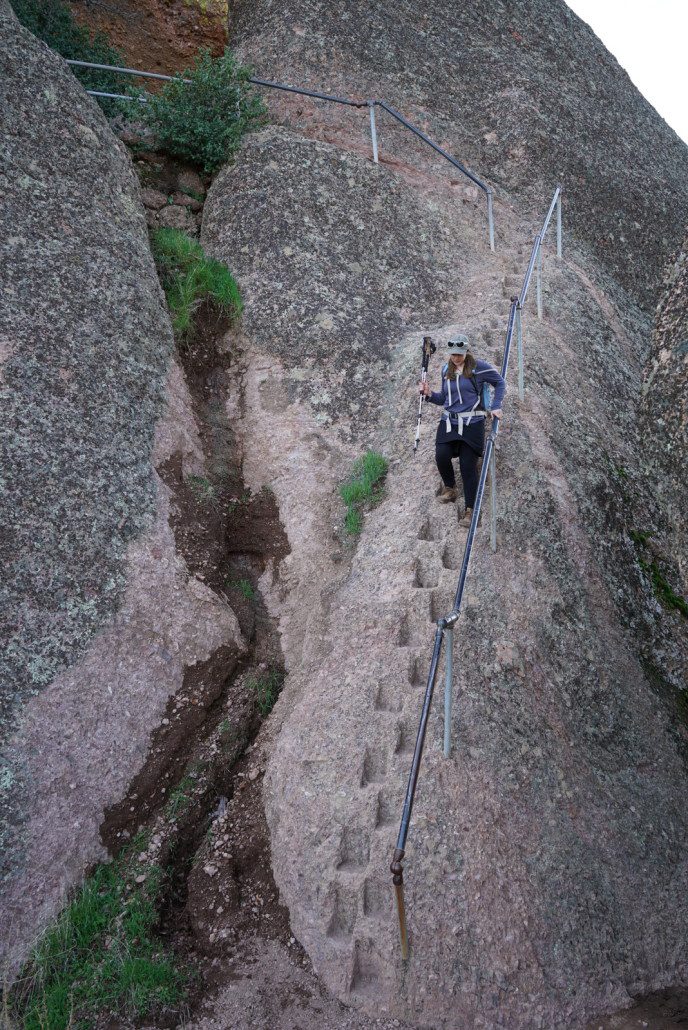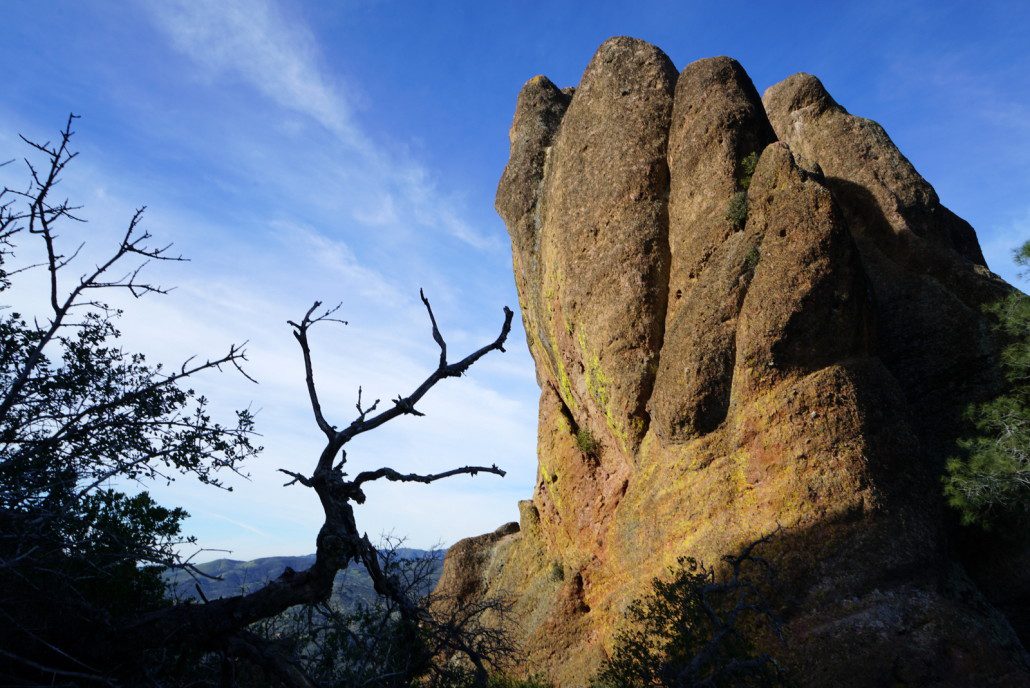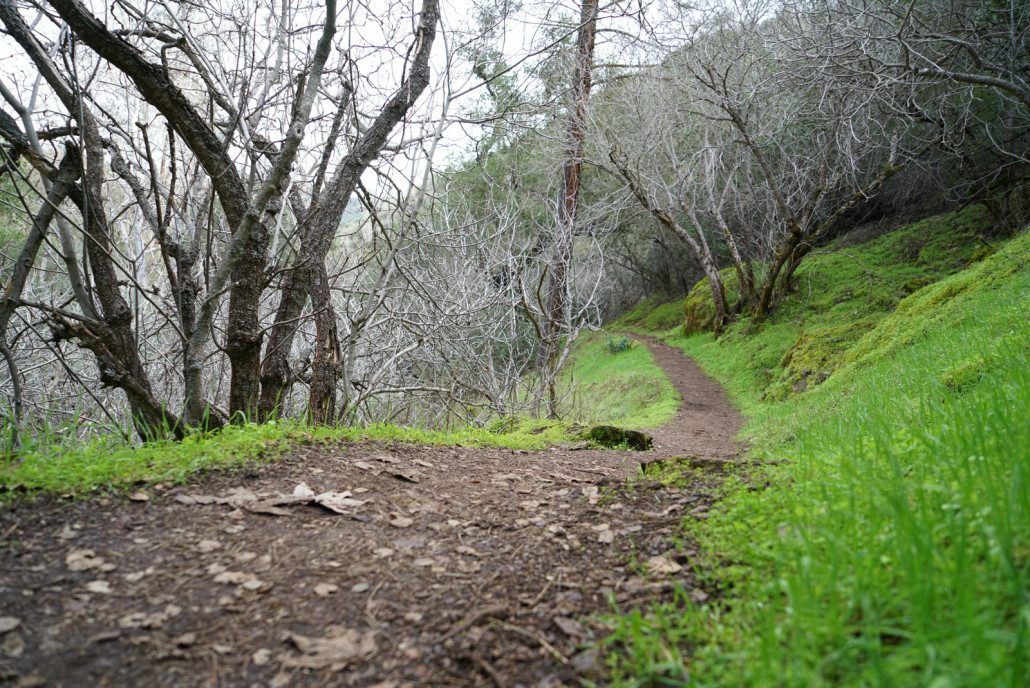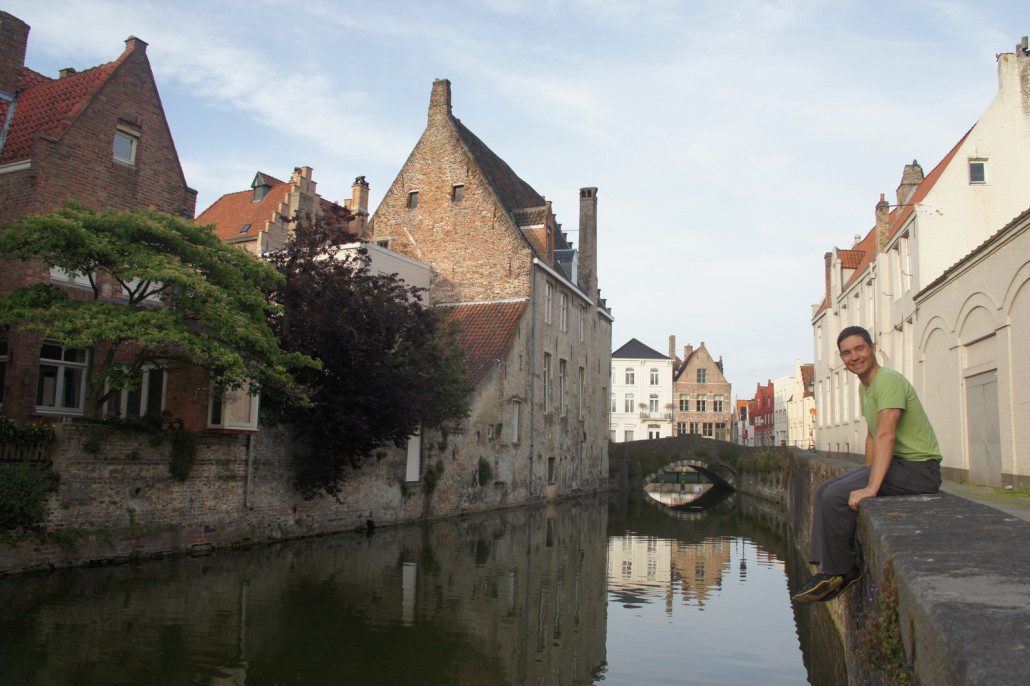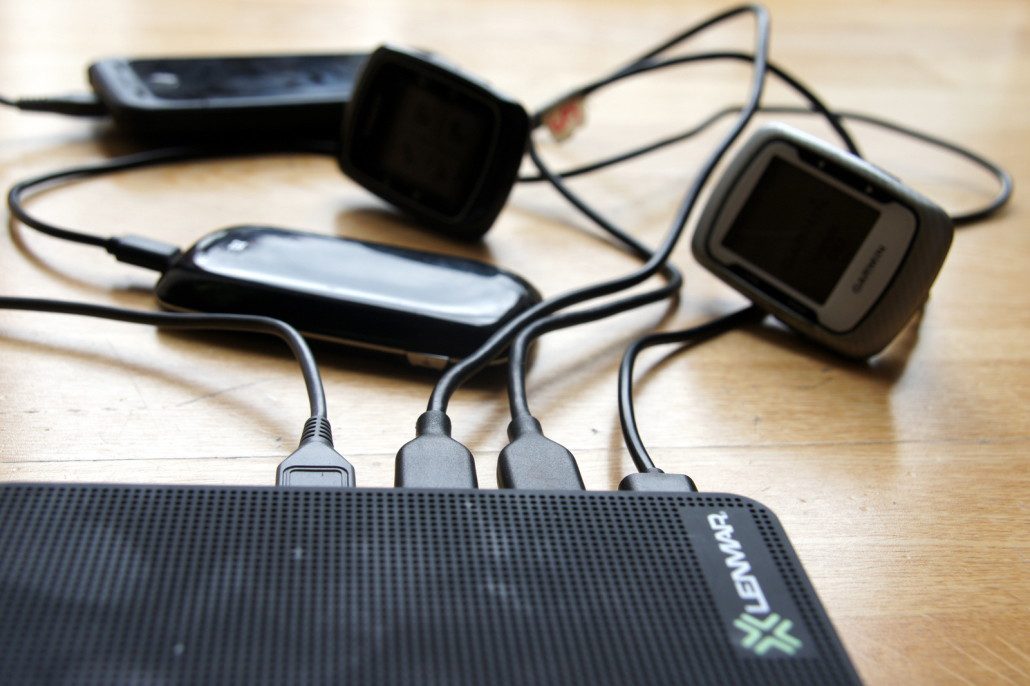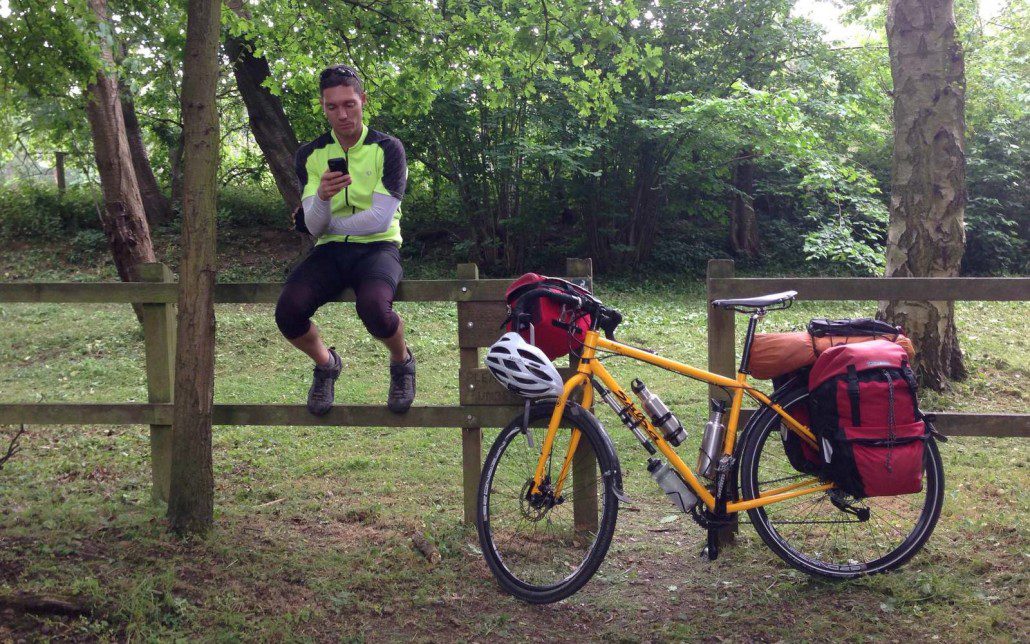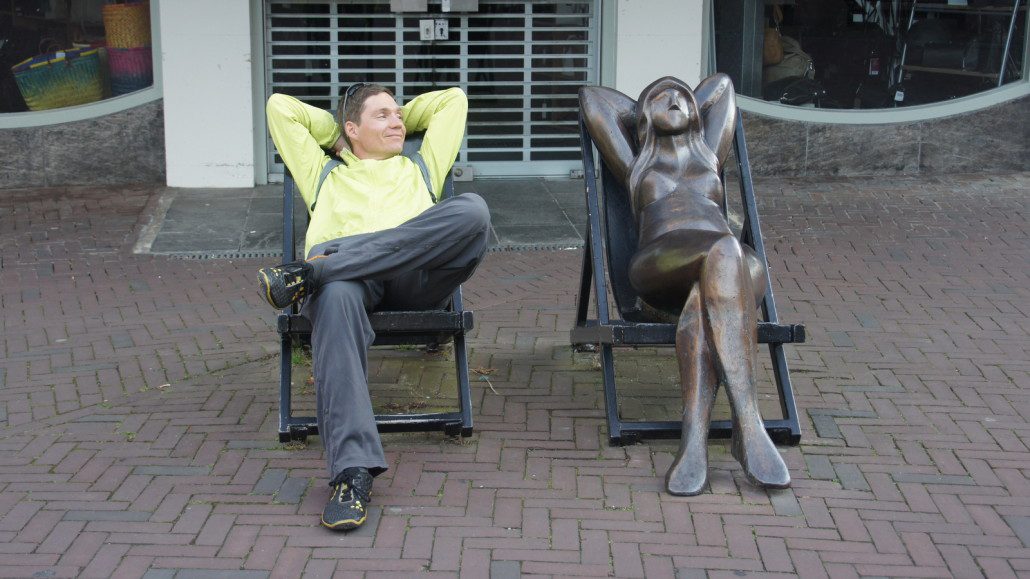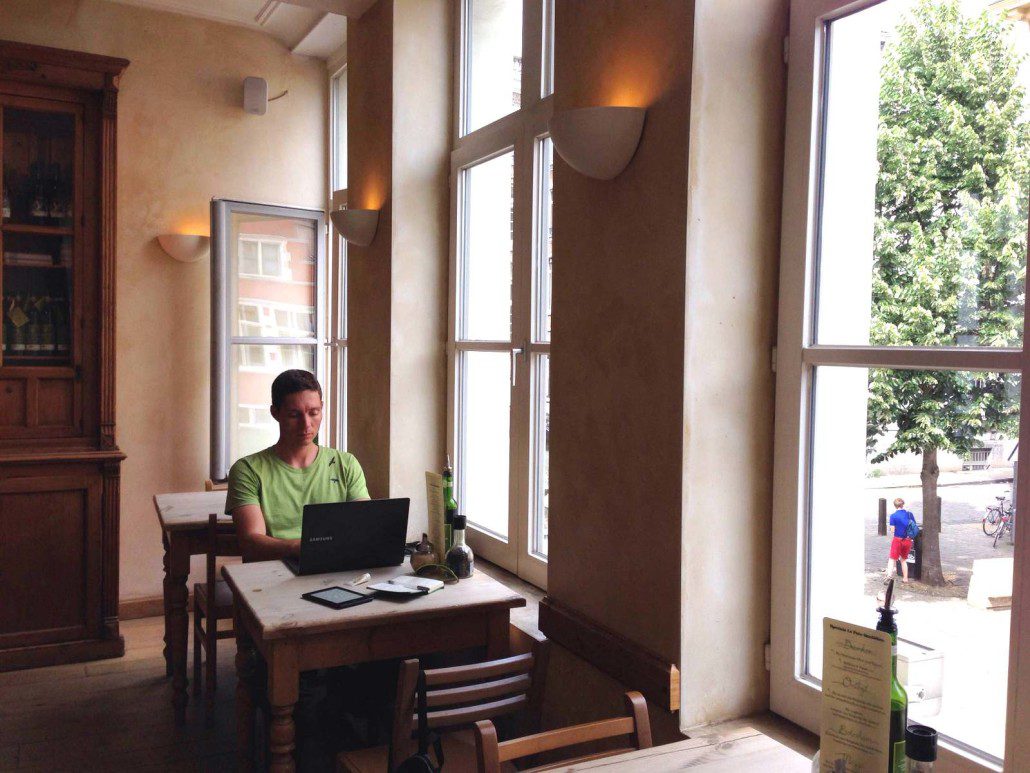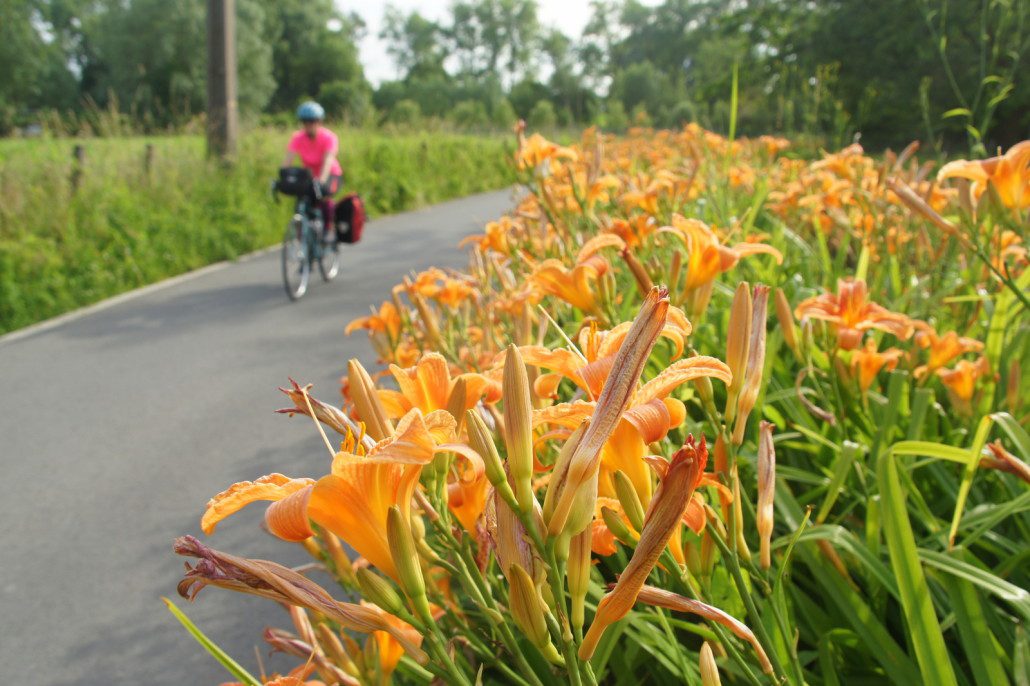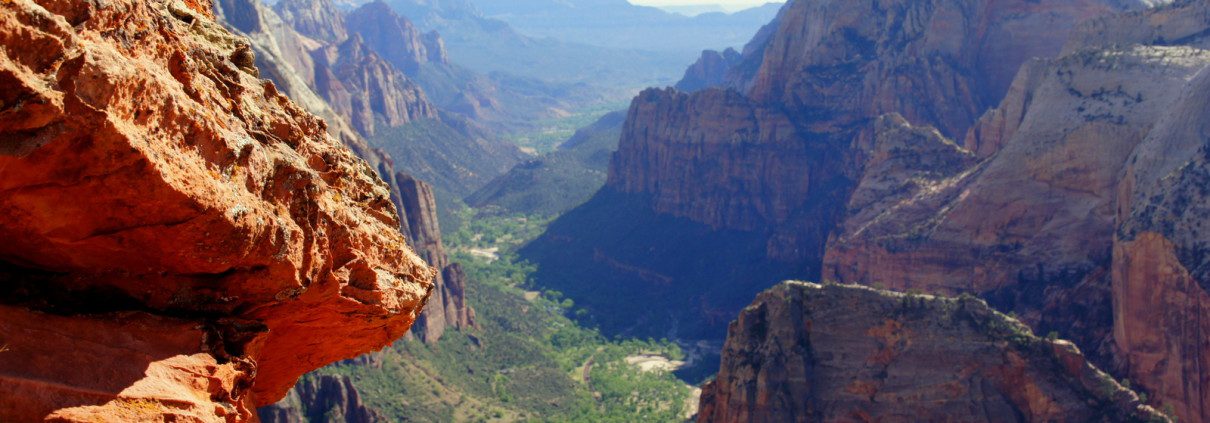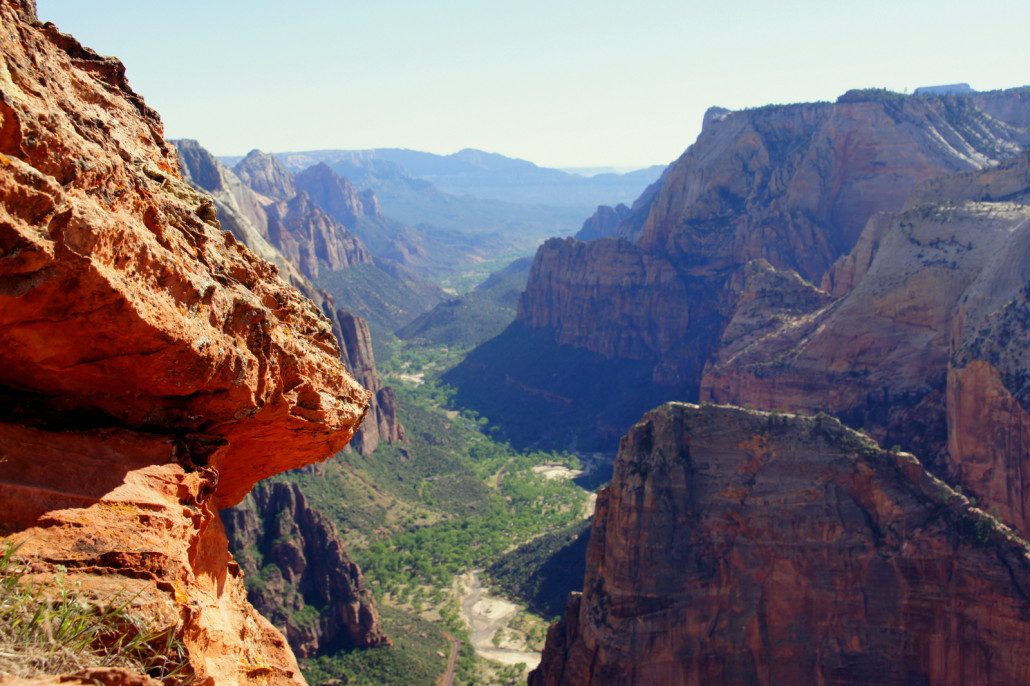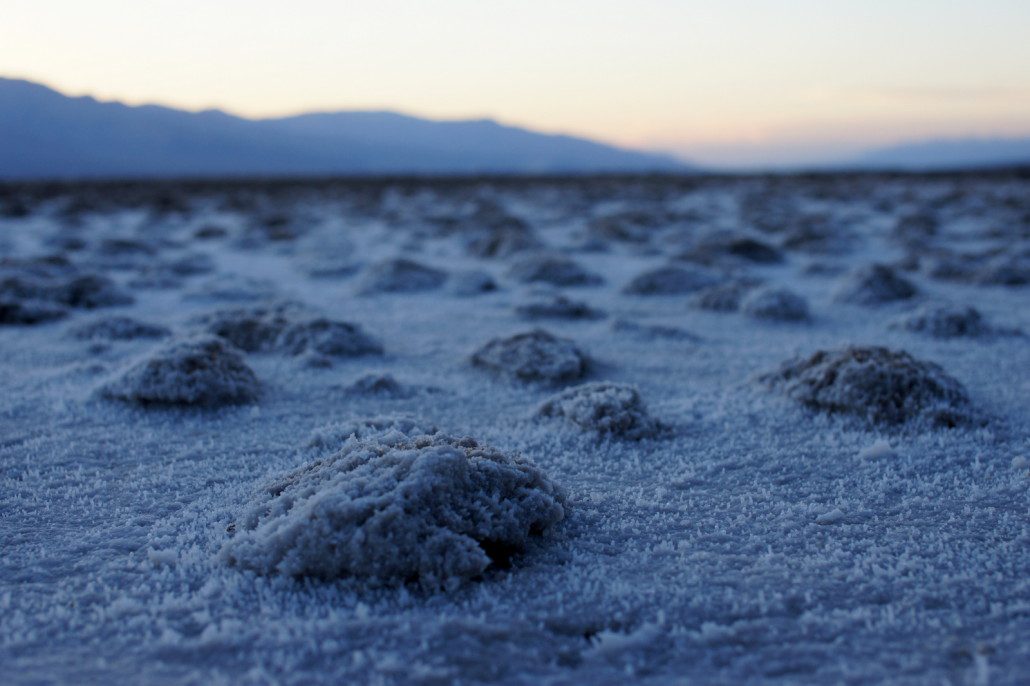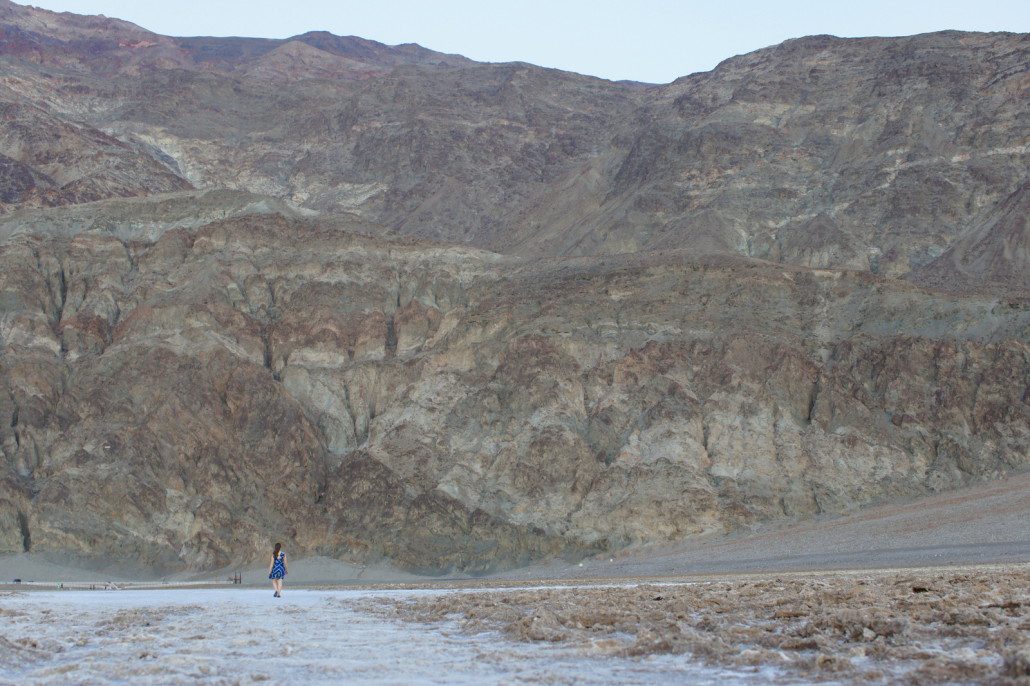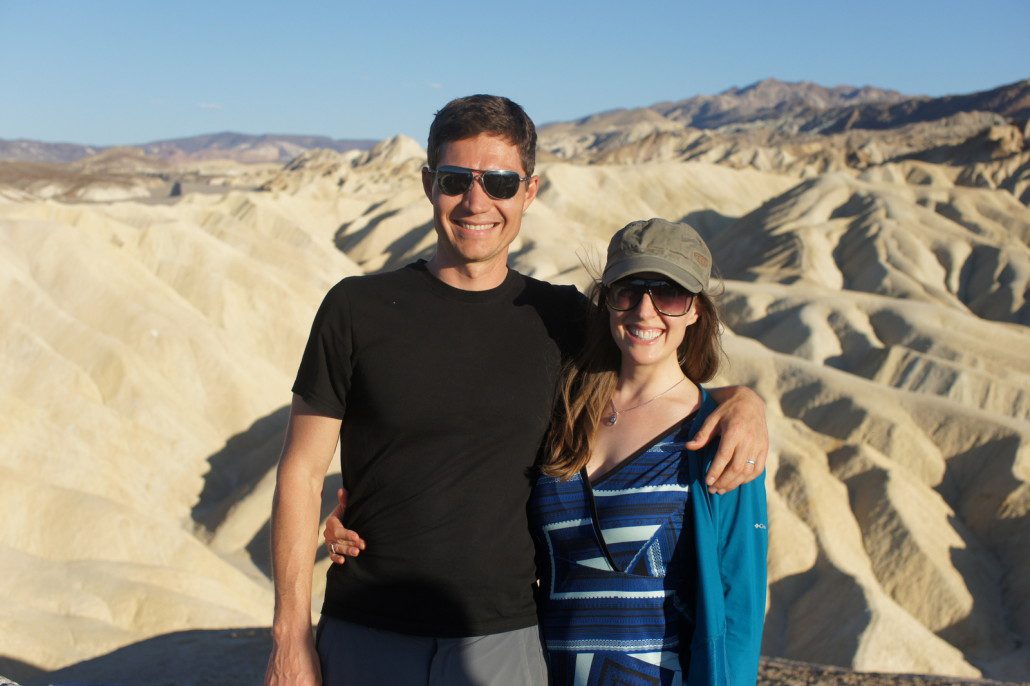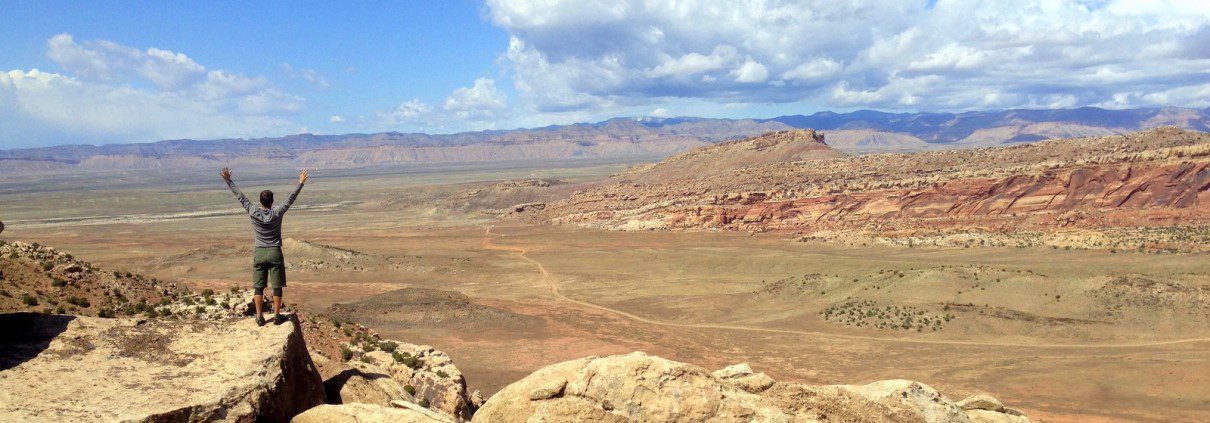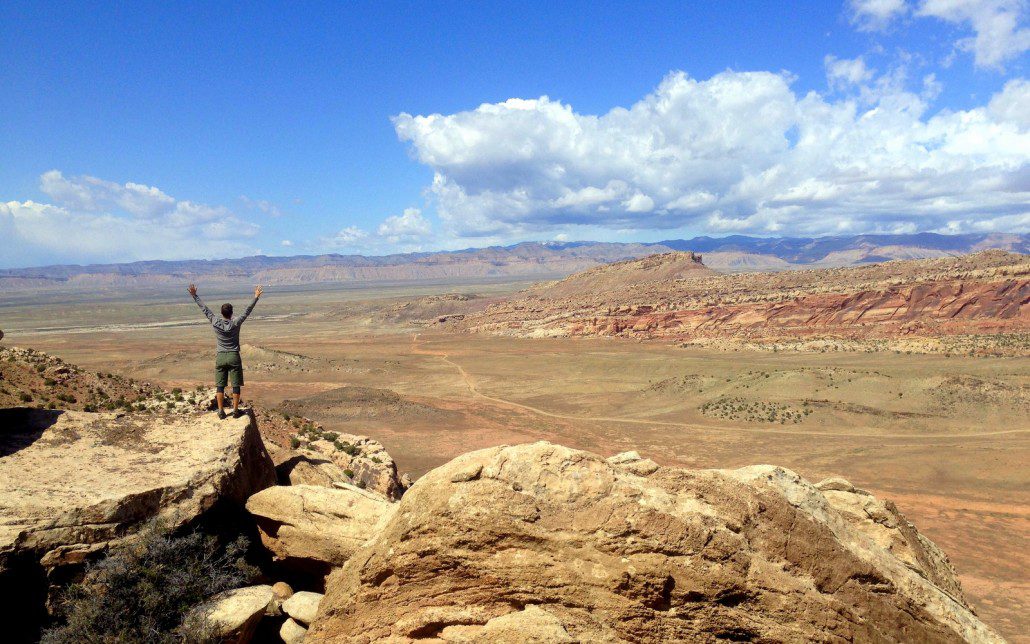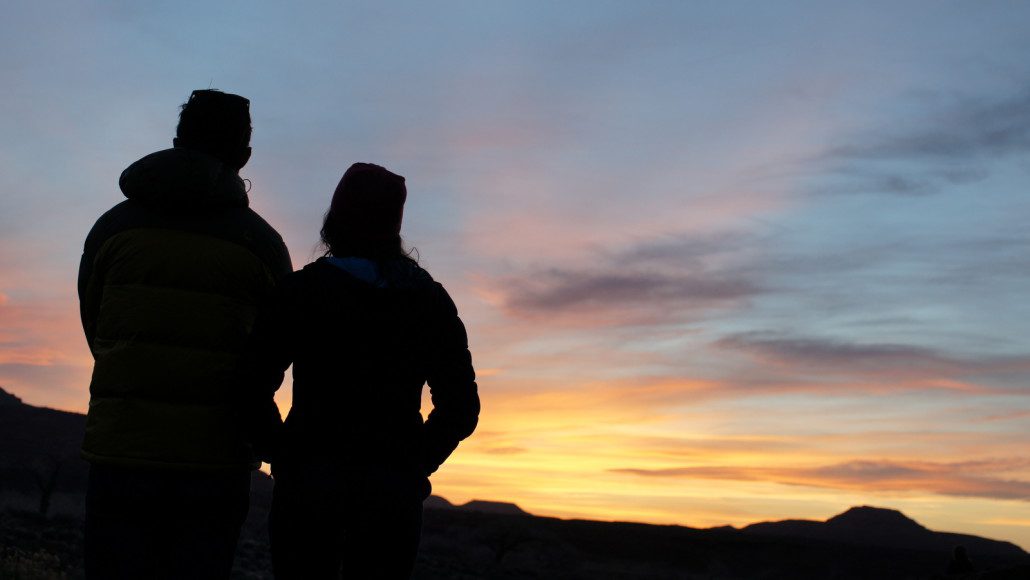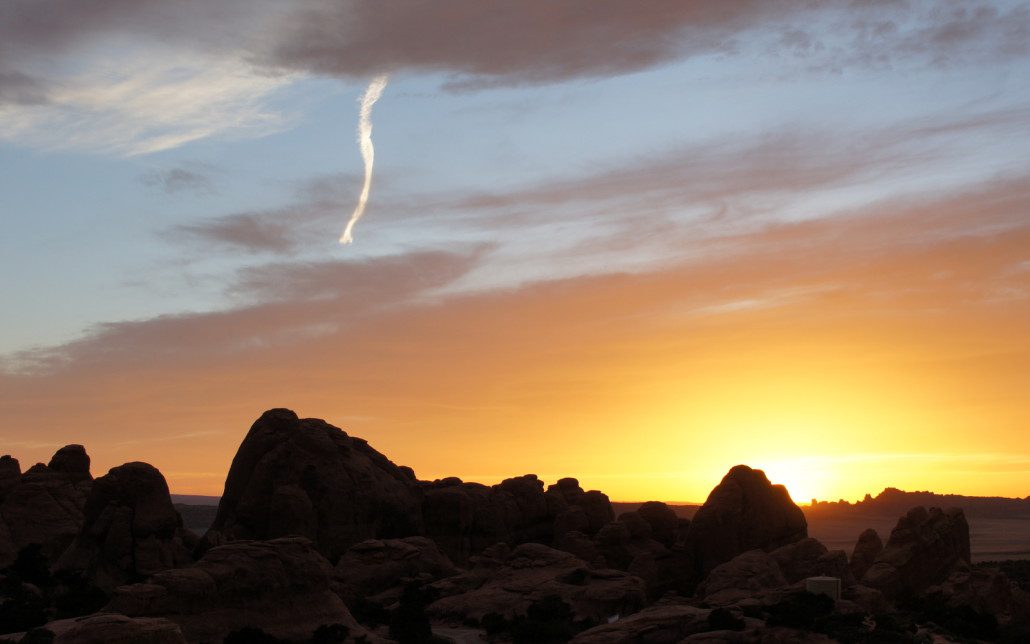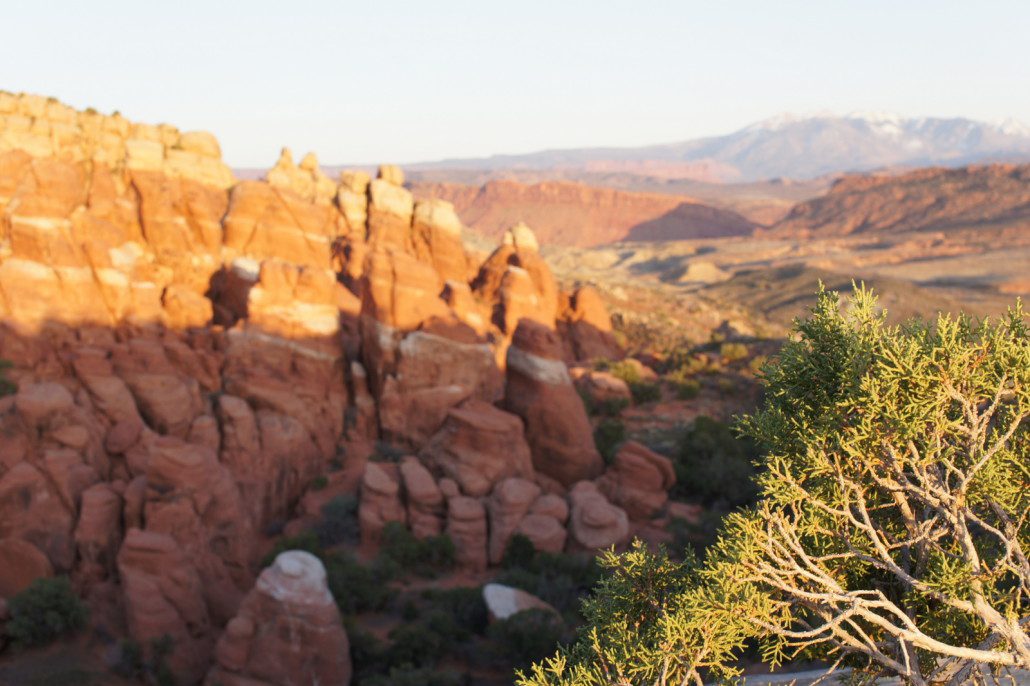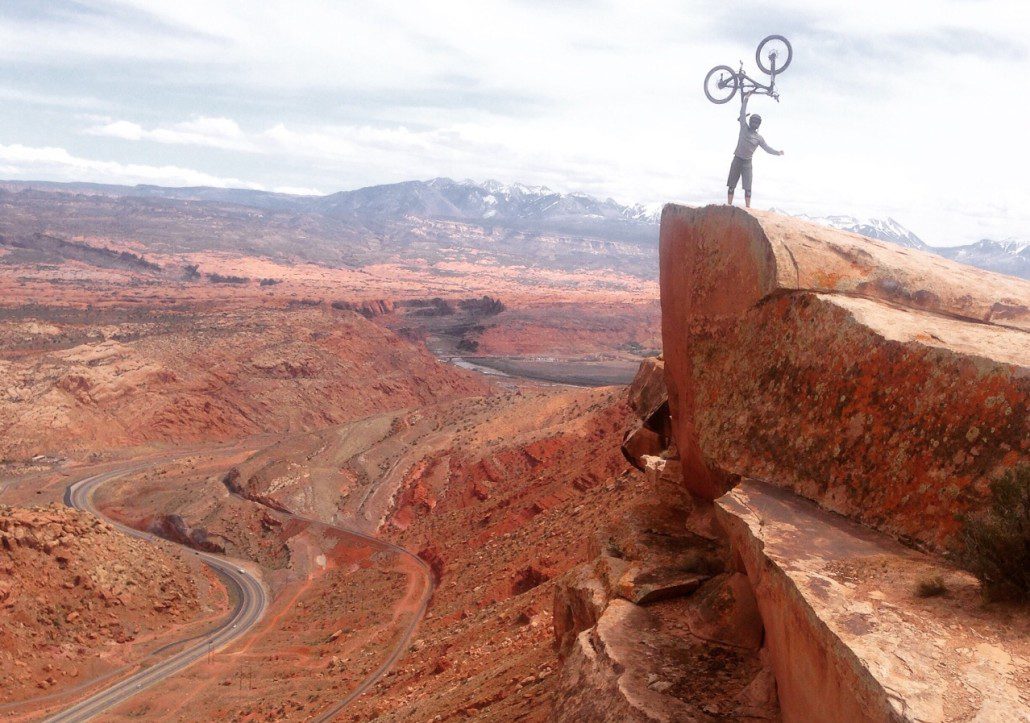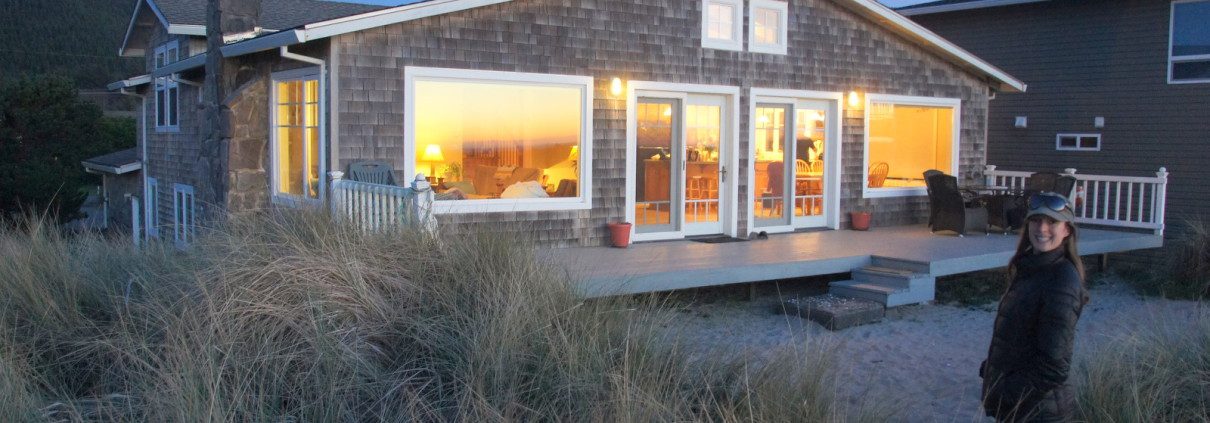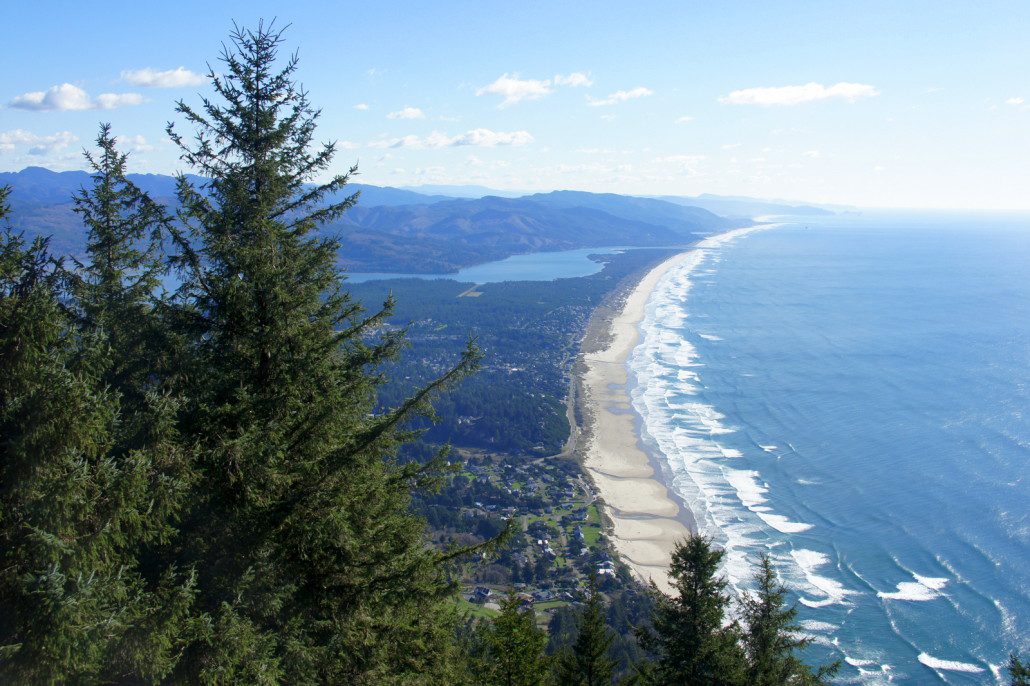Preparing to Launch – How to Rent Your House and Hit the Road
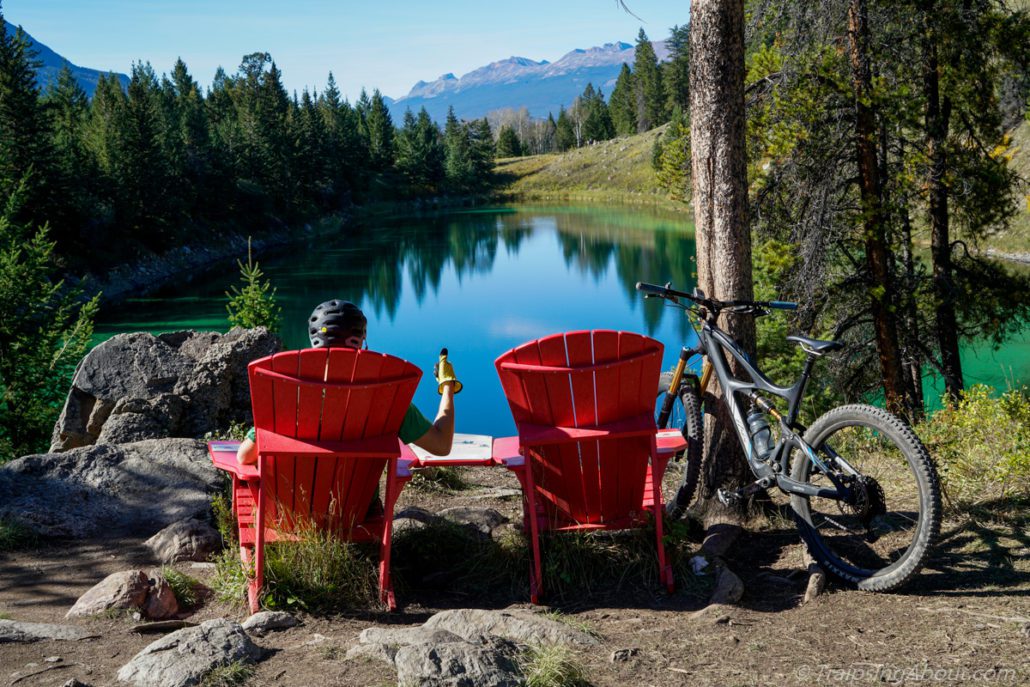
Haunted by stories of midnight toilet backups, some people would rather burn their house than rent it out. I prefer putting our home to work while we travel to fund my kombucha and mountain bike habit.
While it’s possible to do a house swap or hire a house sitter during travel, this post isn’t about that. Instead, this is for people looking to rent their home out furnished (i.e. with most possessions left behind) and manage the property themselves, saving ~10% in management fees.
Benefits of Renting Your House Furnished
Over the last three years, we’ve traveled all but four months and and rented our furnished home while we were away. Rather than a single, long-term tenant, we’ve focused on short-term leases of 3-6 months. In total, we’ve had six sets of excellent tenants, most of whom moved out to buy a home of their own.
Through all those tenants, we’ve never had the dreaded overflowing toilet call. By being friendly with our tenants, immediately taking care of things that come up, and having systems in place, renting our house has worked well.
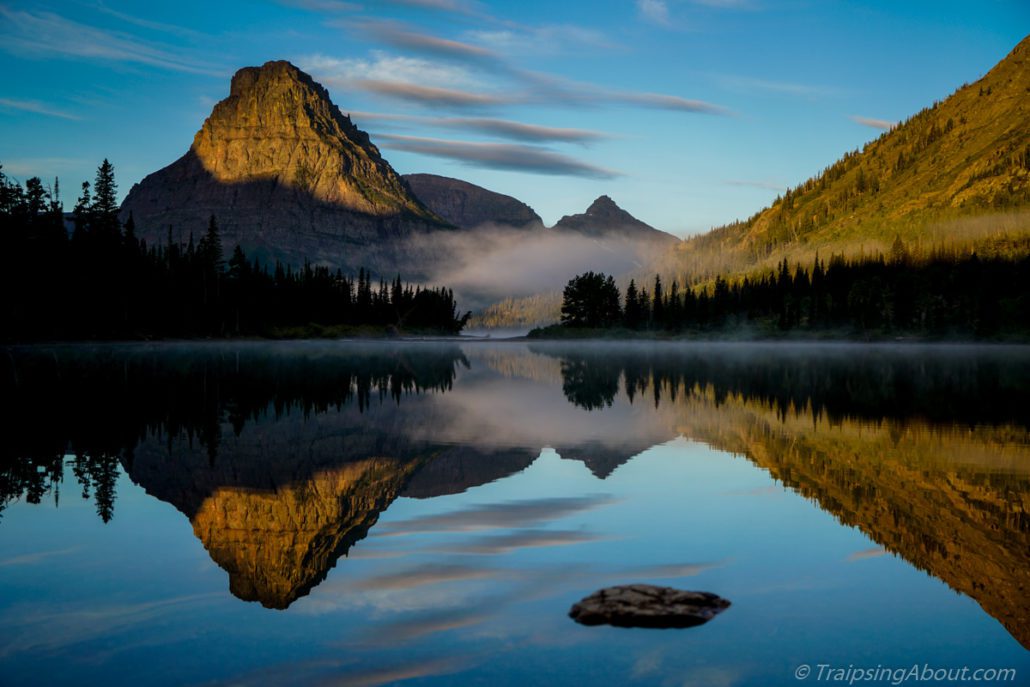
Leave your house behind and wake up at places like Two Medicine Lake in Glacier!
Reasons for renting our home as we explore the world:
- Rental income while we’re away. Instead of paying a mortgage, we have money to pay for plane flights to Europe, gas for our Sprinter, or food to fuel bike touring. (Caveat: this obviously only works because our rent covers our mortgage, which isn’t possible in every market.)
- A free place to leave our stuff, vs. storage units or dumping possessions at parents/friends. (There’s a non-monetary cost for the latter: “Hey, are you coming home at Christmas to get your pine cone collection?”)
- An increased tax write-off (beyond what we get when we’re living there)
- All the work we did to prepare our house simplifies our lives and leaves it in better condition for our return
- A ready-made return landing pad, especially since we leave our furniture and kitchen implements behind.
It’s not necessary to go anywhere to use these tips. They’re also great for short-term rental options such as VRBO or AirBnB, or just for general life simplification.
Legal note: I am not a professional property manager, a CPA, or a lawyer! Do your own research regarding taxes and local landlord policies before launching into renting your home. Also, don’t be a bozo – Learn about Fair Housing Laws and follow them carefully.
We opt to not use a property management company. Instead, Chelsea handles our rentals. She’s also the hosting genius and foresees things I never think about. So, other than a few additions and bad jokes from me, this list is ALL her.
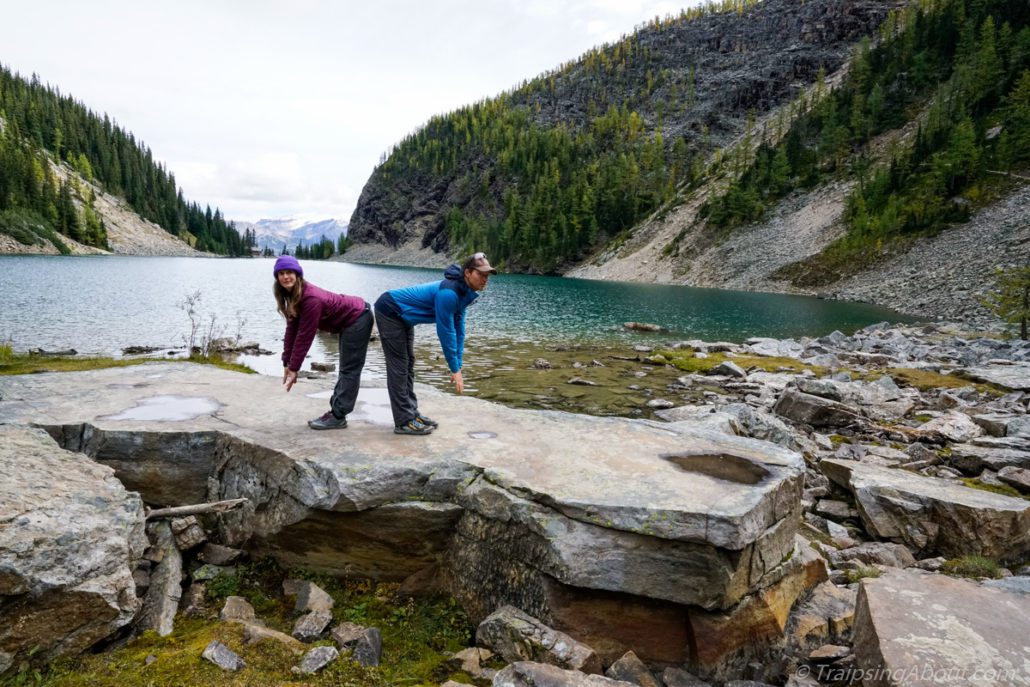 Chelsea’s got an eye for detail and has also taught me a lot about stretching.
Chelsea’s got an eye for detail and has also taught me a lot about stretching.
Rental Logistics
–List the home online; Craigslist is still our go-to. Take GREAT pictures of the house all tidied and ready for tenants. (No backlit/dark shots or photos of open toilets, skull collections, or even just a messy room corner.) Then write an ad that shares all the wonderful details of the house and benefits of the location.
–Set up a tenant application and payment service. (We use Cozy, which is free for landlords.) It makes credit and background checks easy, not to mention monthly rent magically appears in my bank account without sending out Tony and his baseball bat to collect payment. There’s no need to exchange payment information via voided checks and account numbers. (Here’s my full post on Cozy from awhile back.)
–Update home insurance. Make an easy switch to a landlord policy. Also consider an umbrella policy for additional liability coverage.
–Have tenants pay utilities if possible since they’ll be less likely to waste energy. (At least gas/electric.) To keep things simple, we decided to keep the accounts in our name and bill separately to make transitions between tenants easier.
–Tell potential tenants in advance if there isn’t a T.V., parking space, coffee maker, microwave, linens, etc. Think of what you’d expect from a comfortable home and give people a heads up if your home doesn’t have it before rental agreements are signed. These might be deal breakers, but more likely it will just help them plan ahead.
–Create a smoking policy. (JUST SAY NO.)
–Consider spelling out a maximum occupancy to avoid becoming the unwitting host to 12 college dudes a la Animal House.
–Request that tenants tell you if they’re going to leave the house vacant for more than a week or two.
–Install keyless entry so keeping track of keys isn’t an issue. Consider leaving a key with a neighbor or hidden outside in case the battery on the lock dies.
–Provide internet for tenants to prevent cable companies from drilling more holes in the walls. (And because dealing with new contracts through Comcast or Centurylink are a form of torture the Inquisition would admire.)
–Give tenants multiple options for how to reach you and a number they can call if they can’t. That said, we prefer email so we have a record, and because we’re overseas quite a bit. We also give our contact info to a neighbor in case of emergency or issues.
-Leave new tenants a note, gift, or delicious box of chocolates on move-in day.
–Respond swiftly to tenant needs. It’s all about the relationship. We treat our tenants as we would a friend and our experiences have been overwhelmingly positive.
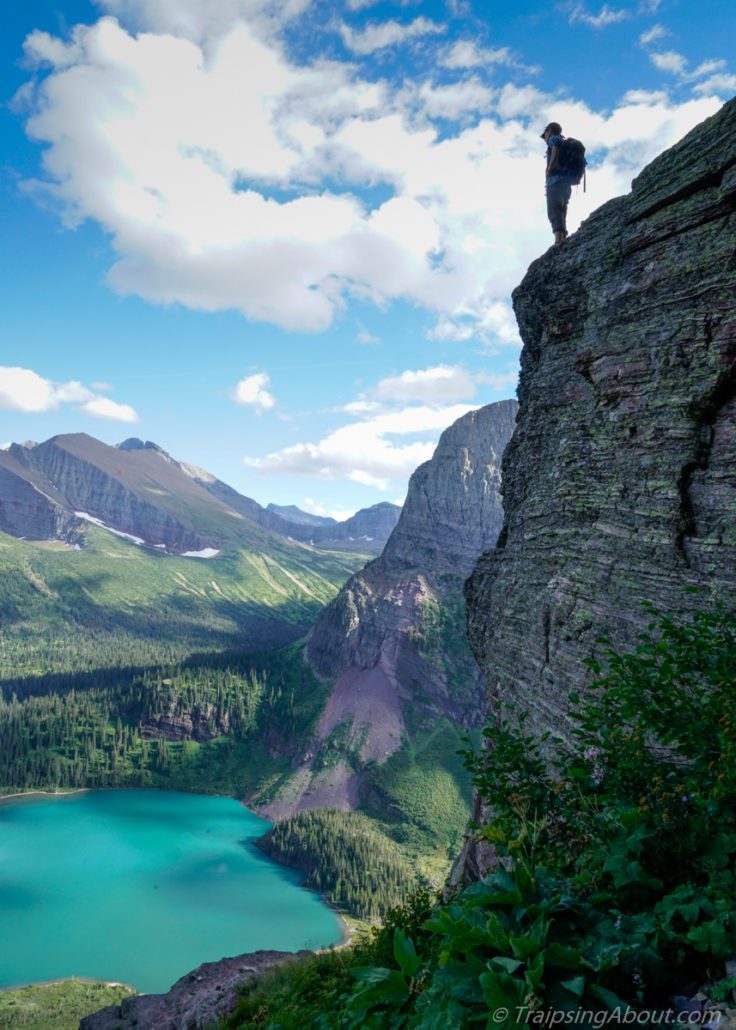
Ok, so maybe I don’t get back to tenants from this spot in Glacier…
Paperwork: Dealing with Mail and Important Documents
–Get off mailing lists with Paper Karma, sign up for paperless options (bills, magazines), and set up mail forwarding (see below).
–Decide where to forward mail. If you care a lot about your mail, there are companies that open scan and email your mail. We chose to just forward to Chelsea’s parents. Note: learn from our experience and do NOT change the address on health and home insurance or complications ensue.
–Let tenants know what to do if they get mail for you. For the occasional piece that doesn’t get forwarded, we ask them to take a phone picture of the envelope and text/email it to us. It’s easy to tell important mail from the junk this way. (Again, use Paper Karma to get off mailing lists.) For important stuff, leave them with flat rate box or envelope with stamps on it.
–Make sure your driver’s licenses and passports are up to date. Passports need to have at least six months before expiration to travel in some countries.
–Update car registration so it doesn’t expire during travel. Same with credit cards – it’s a pain when a card expires and suddenly you’re stuck in Laos with only your wits, $12 cash, and a sombrero.
–Seriously ponder whether or not to allow pets. They can wreck or distress things (think dog nails on soft wood floors or pee on carpets). We love animals and yet have decided that it just isn’t worth the potential damage to our home.
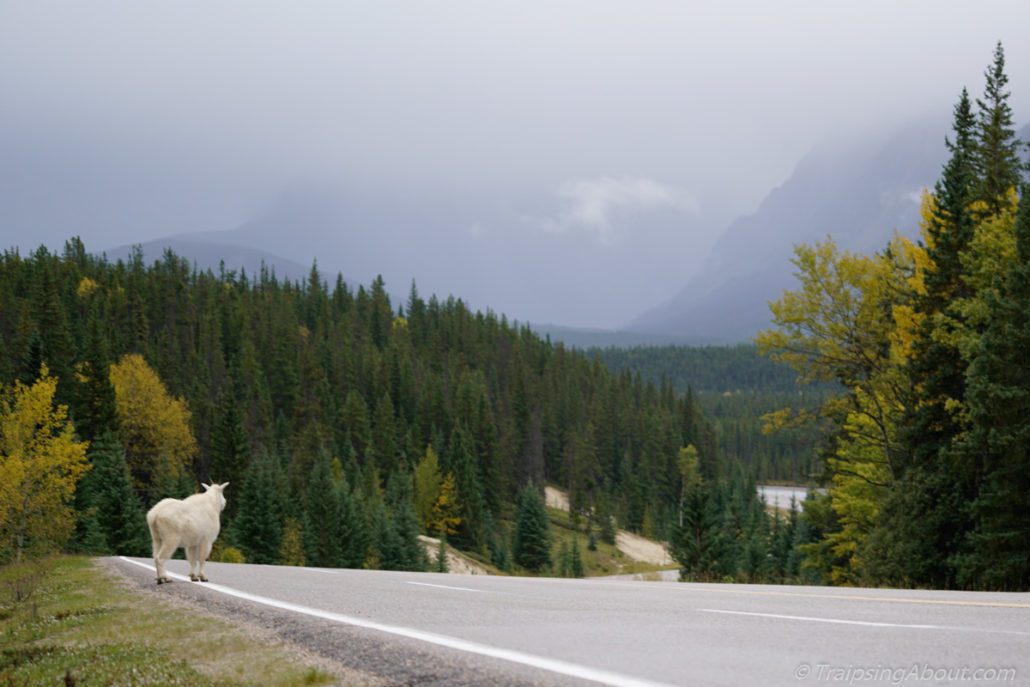
Definitely no mountain goats allowed. This guy would rather stay in Canada enjoying this view anyway.
Dealing With Your Stuff
Start by watching George Carlin talk about stuff! So, so good…and true.
–Simplify your life. Finally do it. Those papers and magazines you’ve held on to? You aren’t going to read them. Travel is a great time to downsize. Chelsea loves the book SHED and lots of people love The Life-Changing Magic of Tidying Up to light the way. I also recommend The Minimalists great blog. The time before renting out your house is the perfect time to lighten your load – what great motivation, plus you’ll have a solid deadline!
–Create a secure place for belongings that you don’t want tenants to use or take with you on the road. We use an owner’s closet, a cabinet in the kitchen, and store a few items in our basement. Stash keys somewhere onsite in case you ever need anything to be sent to you in a pinch.
–Remove all things that are personal, special, or irreplaceable by stashing them in owner’s closets. If you have a special knife that you don’t want to leave behind, buy a knife for your tenants that’s less precious, but will still work great. Don’t leave them with dull unusable knives, they’re dangerous and frustrating! (<–Chelsea pet-peeve.)
–Find someone who is willing to watch houseplants (or take a chance with willing tenants).
–Hire a gardener. Not as important if you’ve got a xeriscaped/permaculture designed yard that requires zero upkeep (this is ideal) OR you’ll be gone during a time when weeds won’t turn your property into an Amazon jungle. This will help keep your neighbors friendly and generate goodwill with your tenants. (Unless leaf blowers on Saturday morning are involved; then they will hate you.)
–Use up food or make it available to tenants. Free up space, keeping in mind that tenants probably won’t want your food! We left a few condiments in the fridge and stashed other staples up high in our pantry.
–For open-ended trips, sell any extra vehicles or store them in a garage/covered area. We sold our well-loved Toyota and downsized to just our van before launch in 2013. Most cities have rules against leaving unused cars on the street for months and months.
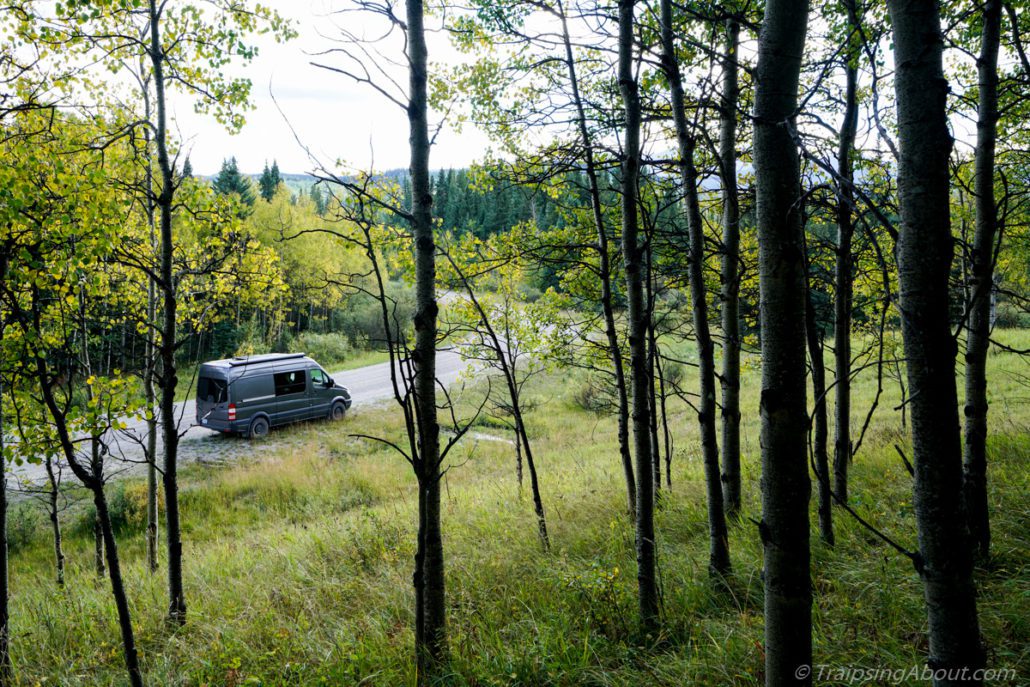
Vans are way better than cars anyway!
Handle Home Repairs
–Pick a handyman, electrician, plumber, friend/neighbor to call if anything is needed. In our experience, the handyman is the most important person on this list!
–Clean out the dryer hose, washing machine lint trap and the filter in the dishwasher. (The latter surprised us and cost us a visit from the appliance repair guy, who probably drives a Maserati if his hourly is always that good.)
–Make sure all systems are go: change furnace filters, get furnace serviced, clean gutters, change batteries in smoke detectors & CO detectors, unclog any slow drains, and fix leaks/drips.
–Caulk & seal seams as needed – sinks, windows, shower, toilets (my personal favorite)
–Consider installing a constantly-running bathroom fan. This keeps air flowing and prevents mold. After all, tenants won’t always think to run the fan when showering, especially in a rental. I installed one of these and highly recommend it. It also keeps the air in your home healthier and fresher.
–Eliminate safety hazards. For us, this meant installing staircase lighting and putting non-slip strips on a deck. We also put outlet covers in outlets, provided safety gates for kids, and put the My Little Pony collection in the owner’s closet.

Look what we found digging through boxes at Chelsea’s childhood home! I should get paid to take ridiculous photos like this, but hey, it makes her laugh…
–Offer a house cleaning service for extra charge; many people will do it. We also hire house cleaners after each tenant to assure the house is spotless for each move-in. No matter how great they are, do NOT count on your tenants to do the final cleaning. We’ve found people have lower standards of what counts as clean when they’re moving out and high standards of clean at move-in. Leave this one to the pros, they can usually nail “high standard clean.” Again, learn from our experience here.
–Put insulated covers over your outdoor faucets if you will be gone for winter and it gets even remotely cold where you live. The year you don’t cover is the year that 100-year lows will hit.
–Make sure pictures and tall furniture are properly secured to walls. A favorite wall hanging or large bookshelf falling on a kid = no bueno. Earthquakes happen!
–Fix anything that doesn’t work or requires special instructions. (“To turn on the stove, hold the knob 1/6th open while whistling and flipping the light on and off.”) As a bonus, it might be possible to write off expenses for home upgrades based on the pro-rated time you lived in the home that tax year. (Consult a CPA!)
–Provide extra vacuum bags and preferred cleaning solutions. (Special wood floor cleaners, for example)
–Let them know the garbage/recycling/yard debris pick up schedule and where to leave the containers on garbage day.
Perhaps most important, trust that all will be well! People are generally good and well-meaning and most will treat your home and possessions with respect.
What would you add to this list? This will be a living document as I’ll be expanding and refining it in coming years, so please leave a comment or email me.
Oh, and one last thing: Enjoy your trip!
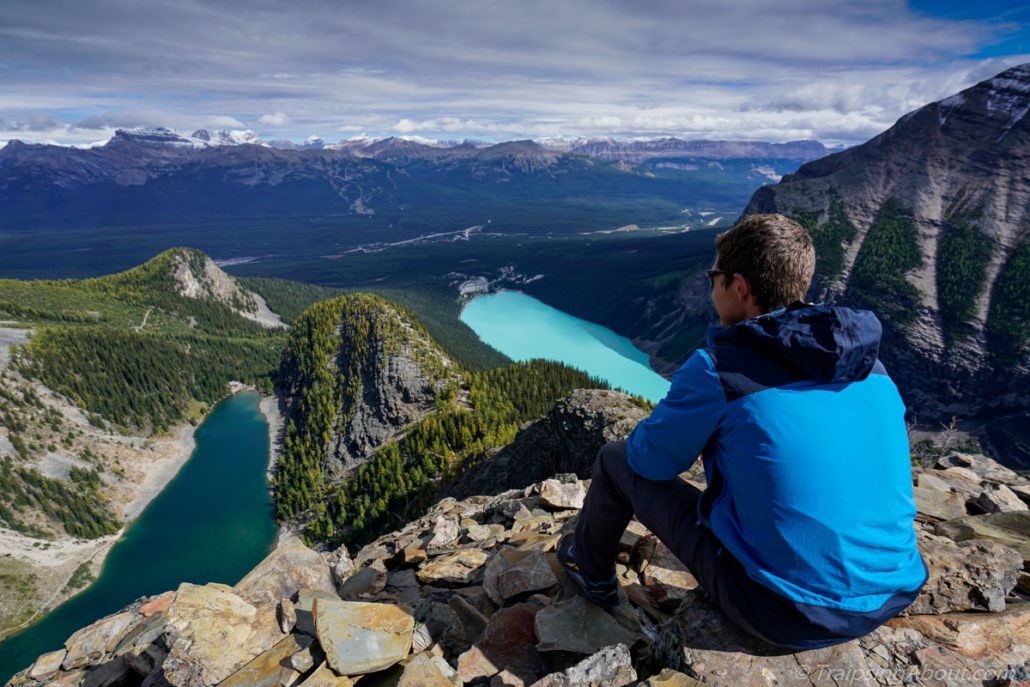
Your house will be fine! Enjoy vistas like this one over Lake Louise in the meantime… (Shot from the Devil’s Thumb by my friend James.)
